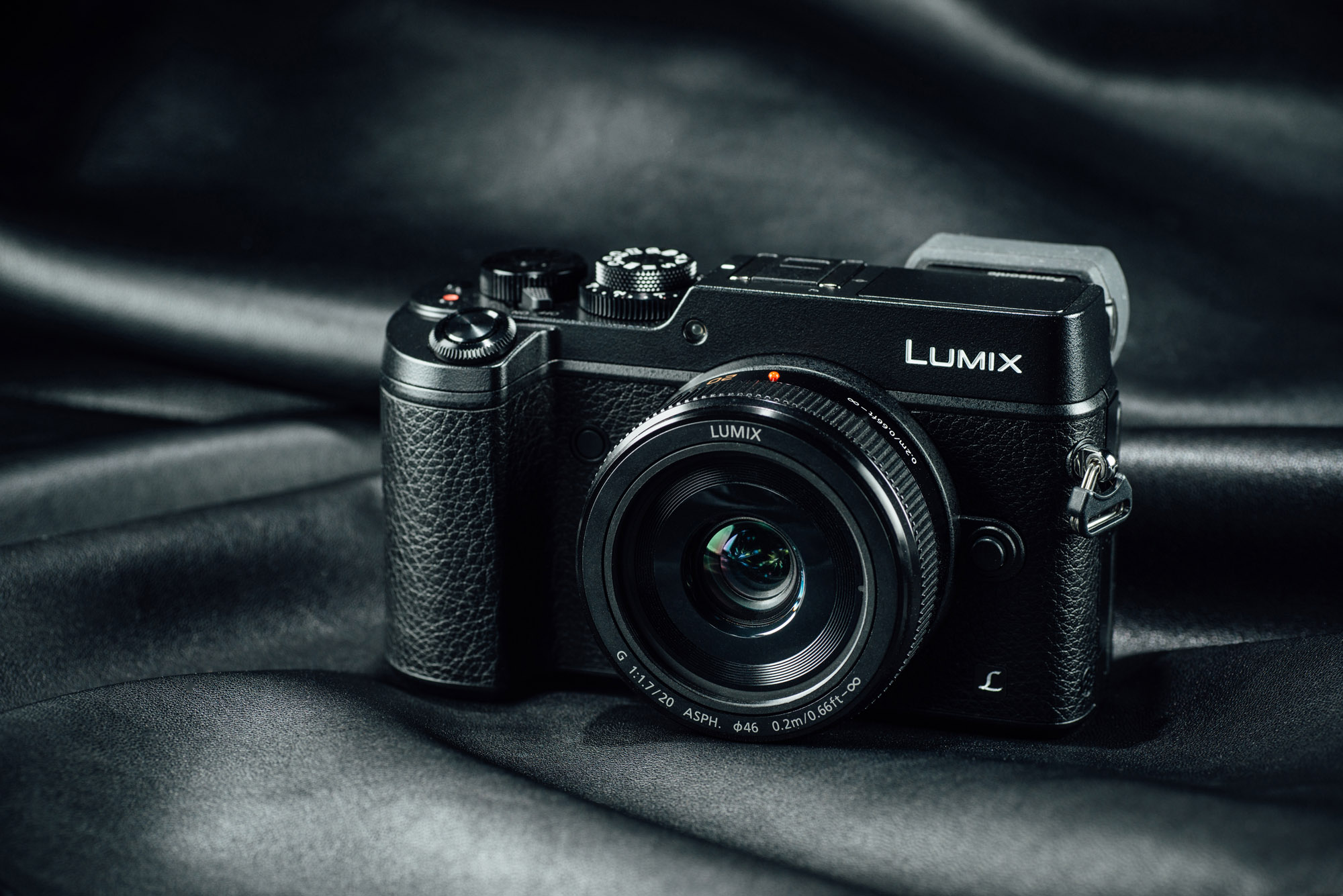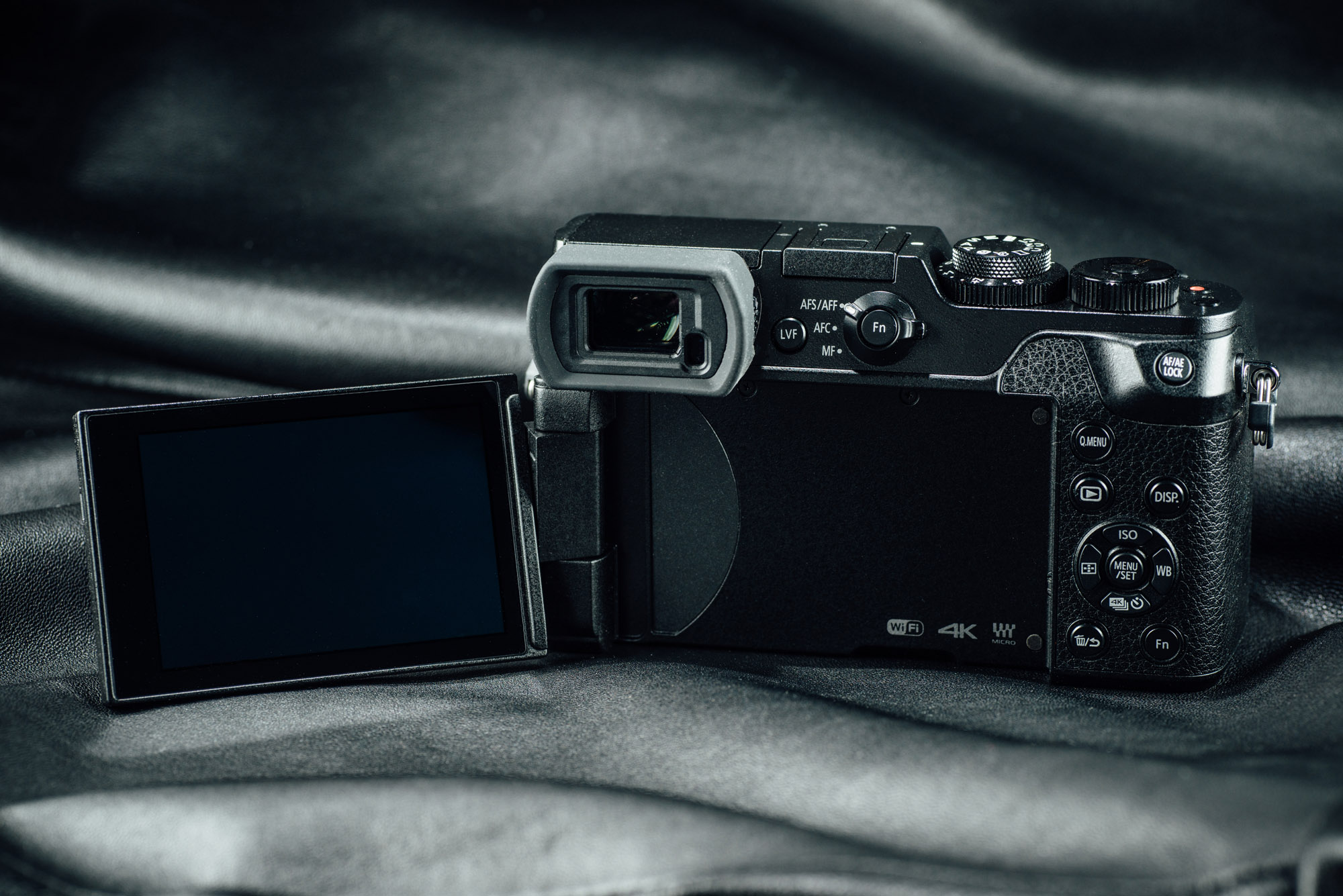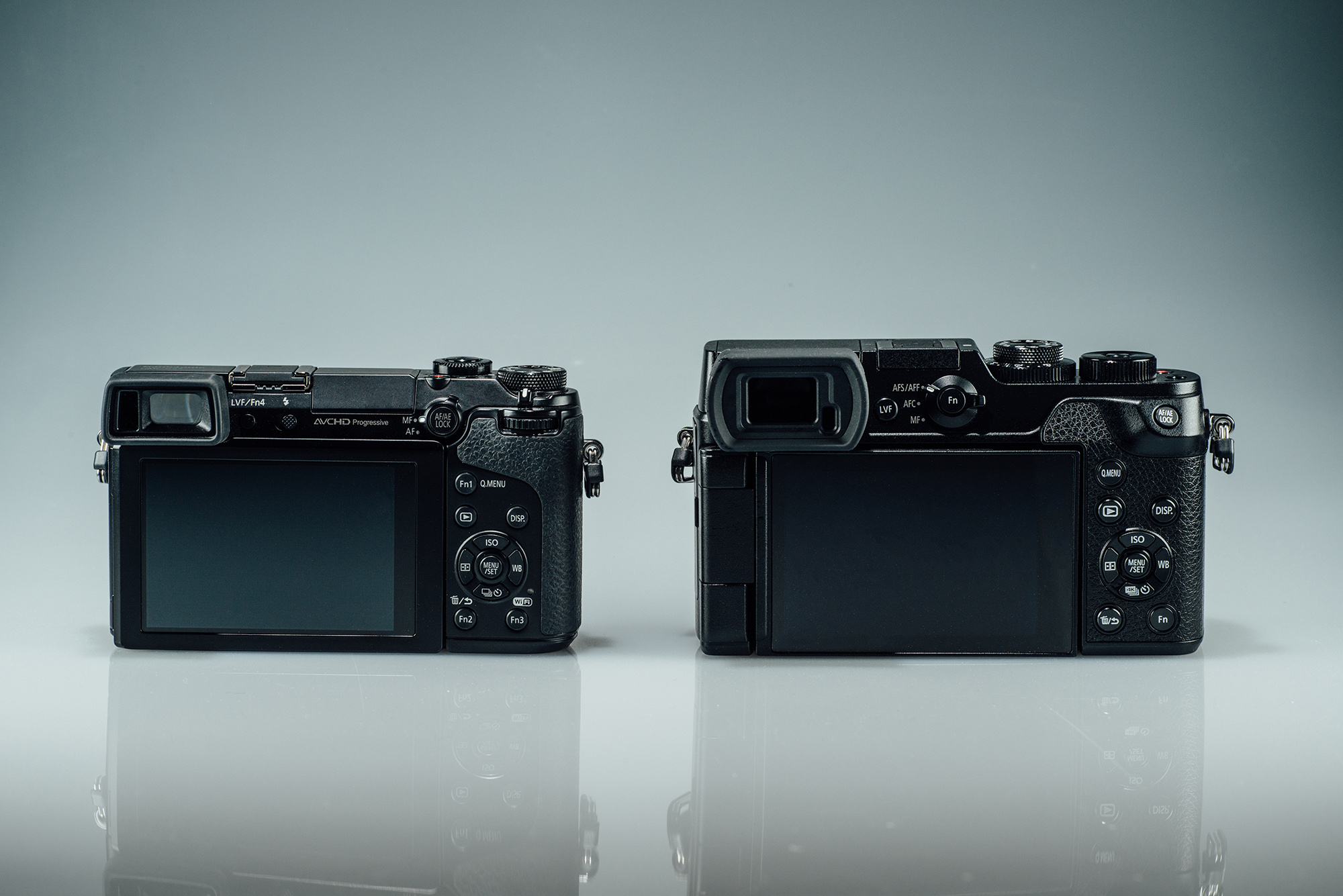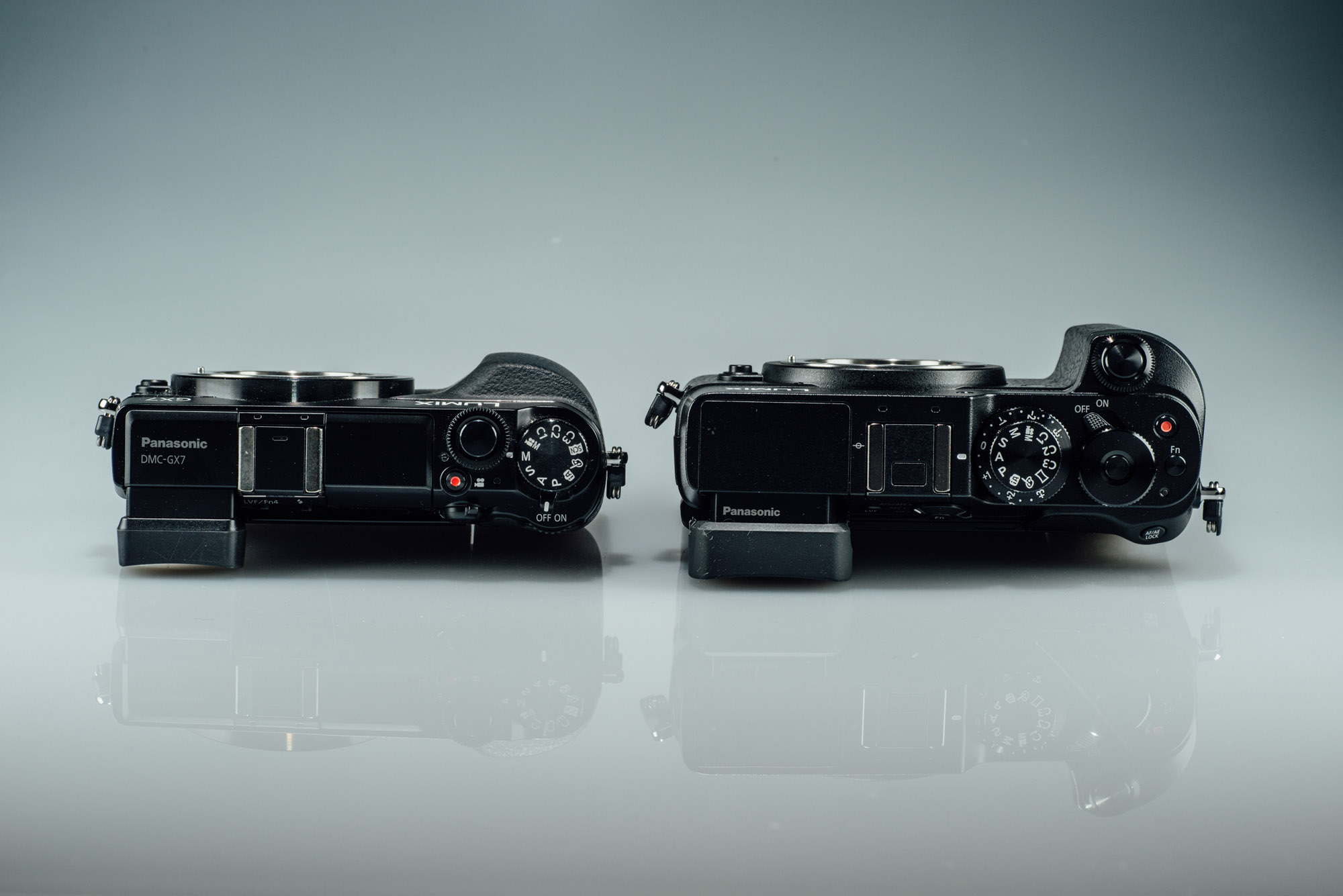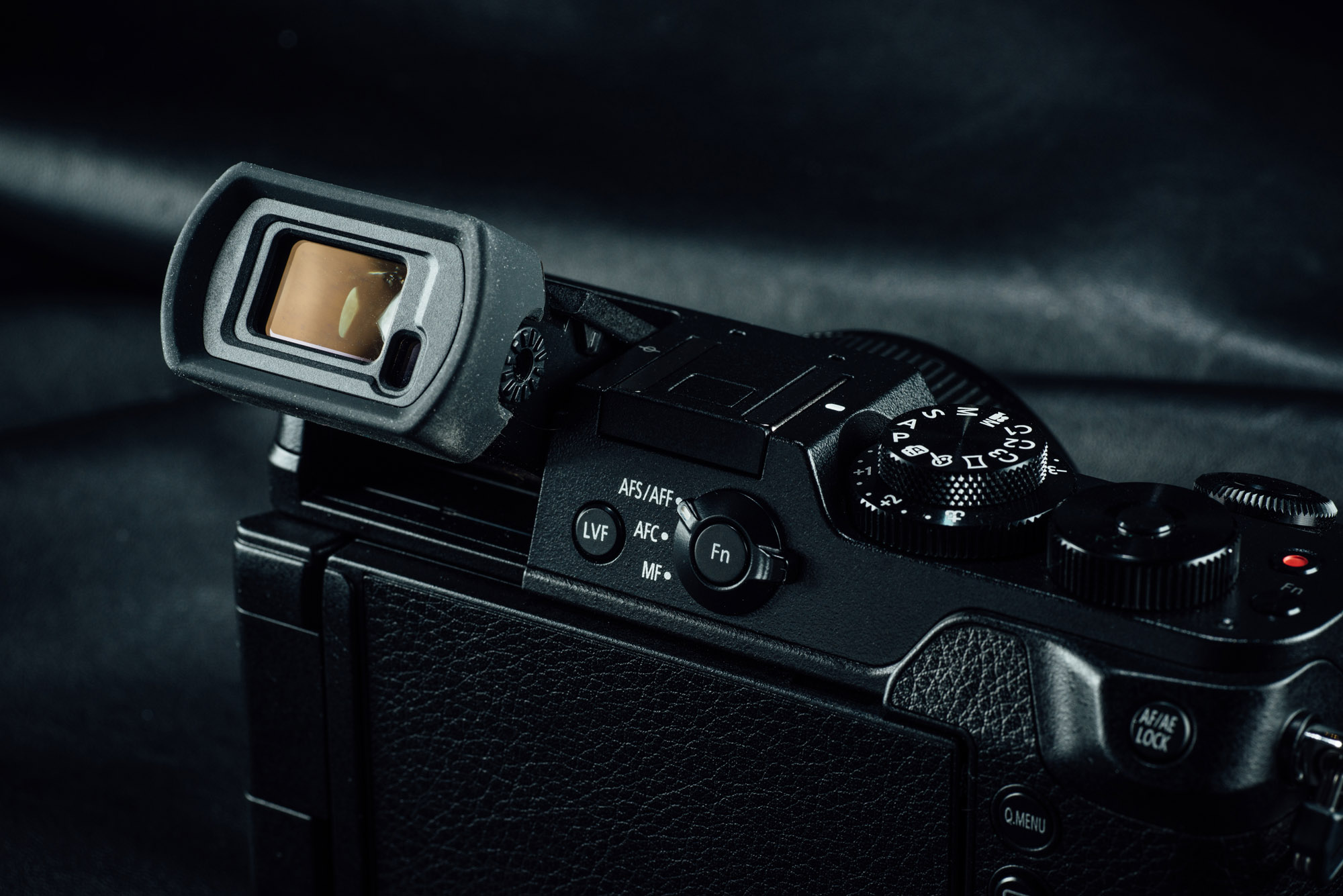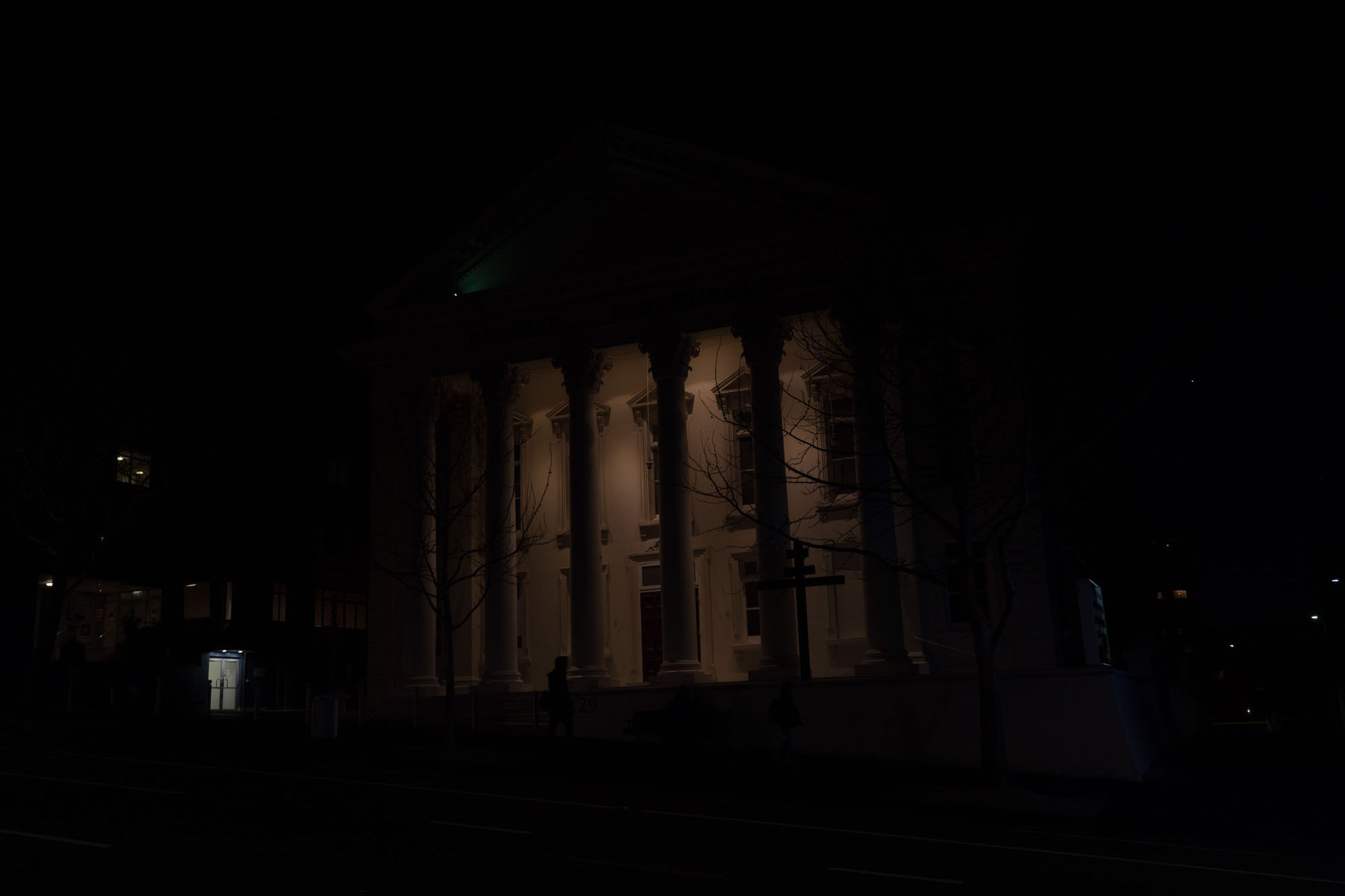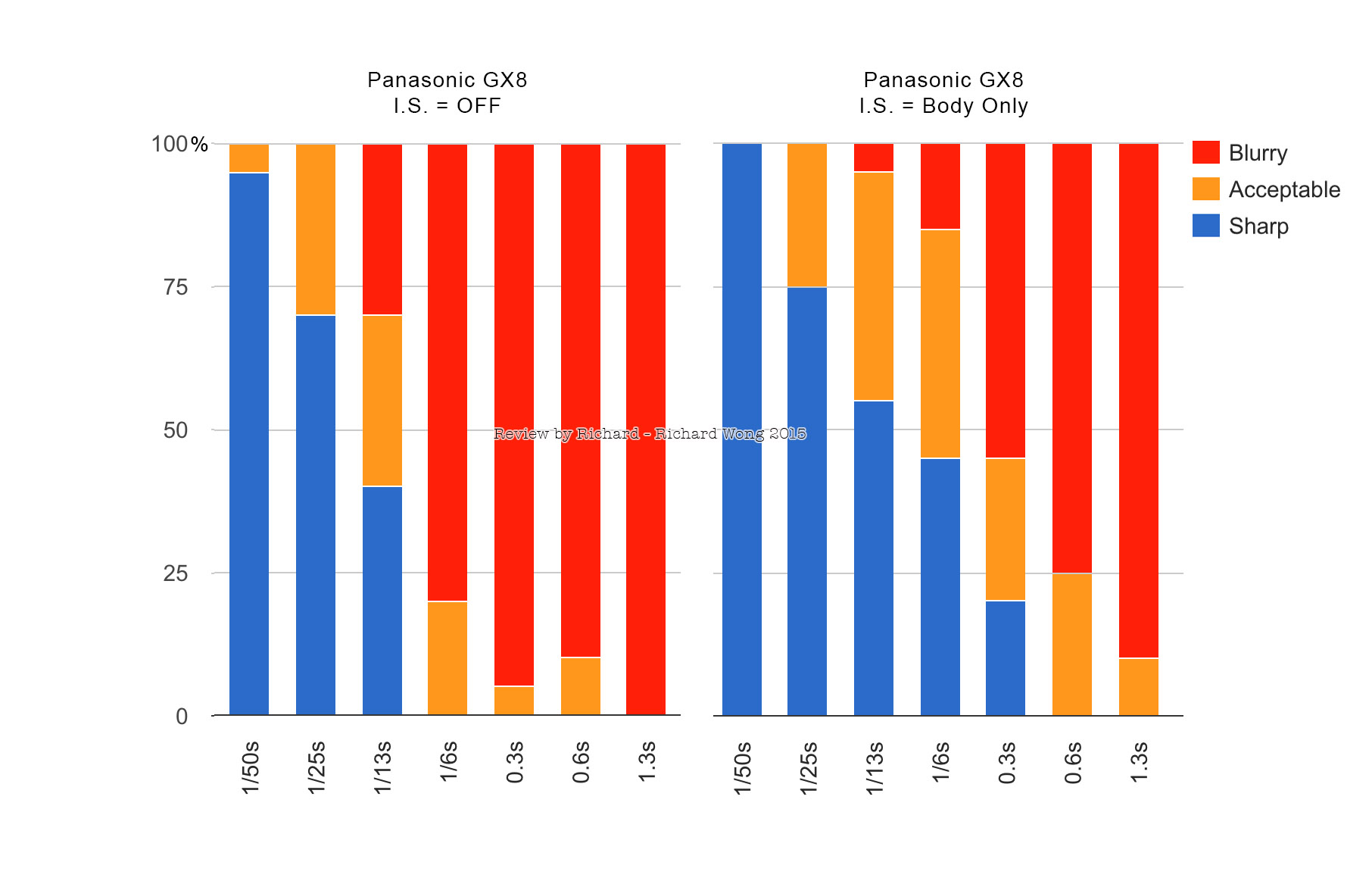This review is now updated with results from the production firmware 1.0 and also corresponding lens firmware update that allow me to test it’s dual I.S. feature
You know that special feeling, you come across someone and you know it’s love at first sight. You might notven know why but you just can’t let it go. That’s exactly how I felt when I first picked up the new Panasonic Lumix GX8 at Panasonic NZ’s head office.
Panasonic has just announced the Panasonic Lumix GX8 today. It is the latest additional to the Panasonic Lumix GX camera line. The GX8 has grown a bit bigger in size and it has stronger and less curvy body lines. It has a magnesium alloy body just like it’s predecessor but the outside of the camera is now mostly made of metal instead of plastic. Because of that, the camera just feel really really solid and it gives me that expensive premium camera feel.
I was quite impressed by GX7’s build quality when it was released. But now the GX8’s build quality has raised to a complete new level, it suddenly makes the GX7 feel like a plastic toy camera when sitting next to the GX8.
In my GX7 review, I said the GX7 looks quite similar to the Lumix DMC-L1, Panasonic’s first four thirds camera (micro four thirds predecessor). And now with the GX8, it’s styling is even closer to the L1. Btw, GX8 is weather sealed so it shouldn’t be a problem if a bit of rain dropped onto the body.
There are quite a few changes to the buttons and dials layout. The two main dials’ position has been moved so your thumb and index finger would rest on them naturally when you are holding the camera. The rear dial is also bigger and easier to use. It would be great if Panasonic also make the front dial can slightly larger to match the rear dial, having said that, I have absolutely no problem using the front dial as it is right now. The biggest changes is the new large double deck dials that sits between the rear dial and the hotshoe mount. The top is a shooting mode dial while the bottom is the new exposure compensation dial that goes from -3 to + 3.
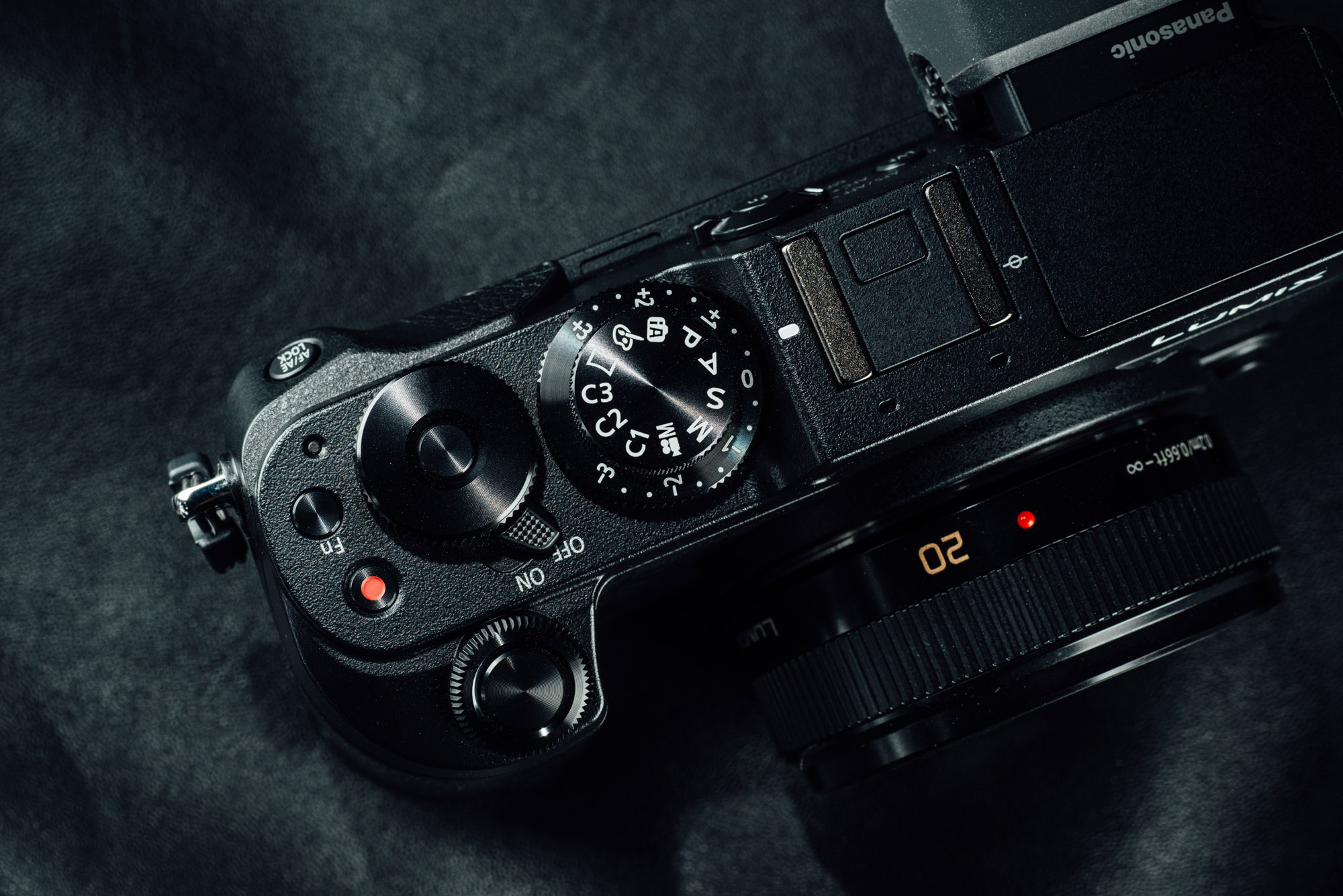 Note that this is a pre-production model, so the exposure compensation dial is in the wrong direction.
Note that this is a pre-production model, so the exposure compensation dial is in the wrong direction.
Maybe it’s just that nostalgic factor but I just love dedicated exposure compensation dial. But I’m also a bit disappointed that the exposure compensation dial cannot be used when you are in manual mode (with auto ISO turned on). Otherwise, you can just use the three seperate dials to control your aperture, shutter speed and exposure compensation and let the camera work out what ISO value it should use. I shoot in similar way quite often when shooting with my Nikon DSLR and I can only imagine this feature to be even more powerful as GX8’s EVF and monitor screen can give you live exposure preview so you can adjust your exposure perfectly without having to guess the correct exposure compensation needed.
Speaking of the auto ISO, Panasonic still doesn’t let us adjust the minimum shutter speed if we want it to be it faster or slower when auto ISO is turned on (in both normal auto ISO and iISO). I can get around that by shooting in shutter priority or manual mode instead, but that’s something Panasonic could easily implement and it’ll make the auto ISO mode more versatile .
Anyway, with all these changes along with the deeper and much more supportive grip, the camera’s ergonomic is really good, even when you are holding and shooting with one hand only.
With the bigger grip, there is now room for a bigger battery, so the GX8 now uses the 1200mAh DMW-BLC12 battery, same as the G7.
 Panasonic Lumix GX8 + Panasonic 14-140 f/3.5-5.6
Panasonic Lumix GX8 + Panasonic 14-140 f/3.5-5.6
ISO 200 f/7.1 1/320s (Multiple photos merged)
Unfortunately because of the extra dial and another Fn button on the top of the camera, there is no more room for the pop-up camera flash. With camera’s high ISO performance getting better and better and also GX8’s inbody image stabiliser, you probably can live without using any camera flash. But I believe there are still places that the little built-in flash could be helpful, either to provide a little bit of fill light or just help light up the scene a little bit when it’s really too dark. Not end of the world but it would be good if the flash could remain there.
One interesting I noticed is, there is no “GX8” logo on the body, not even a “GX”. Apart from the Lumix brand name and the little “L” logo at the corner, (and a tiny Panasonic word on the EVF), there is no other branding or name on the body. It makes the body looks very clean and stealthy.
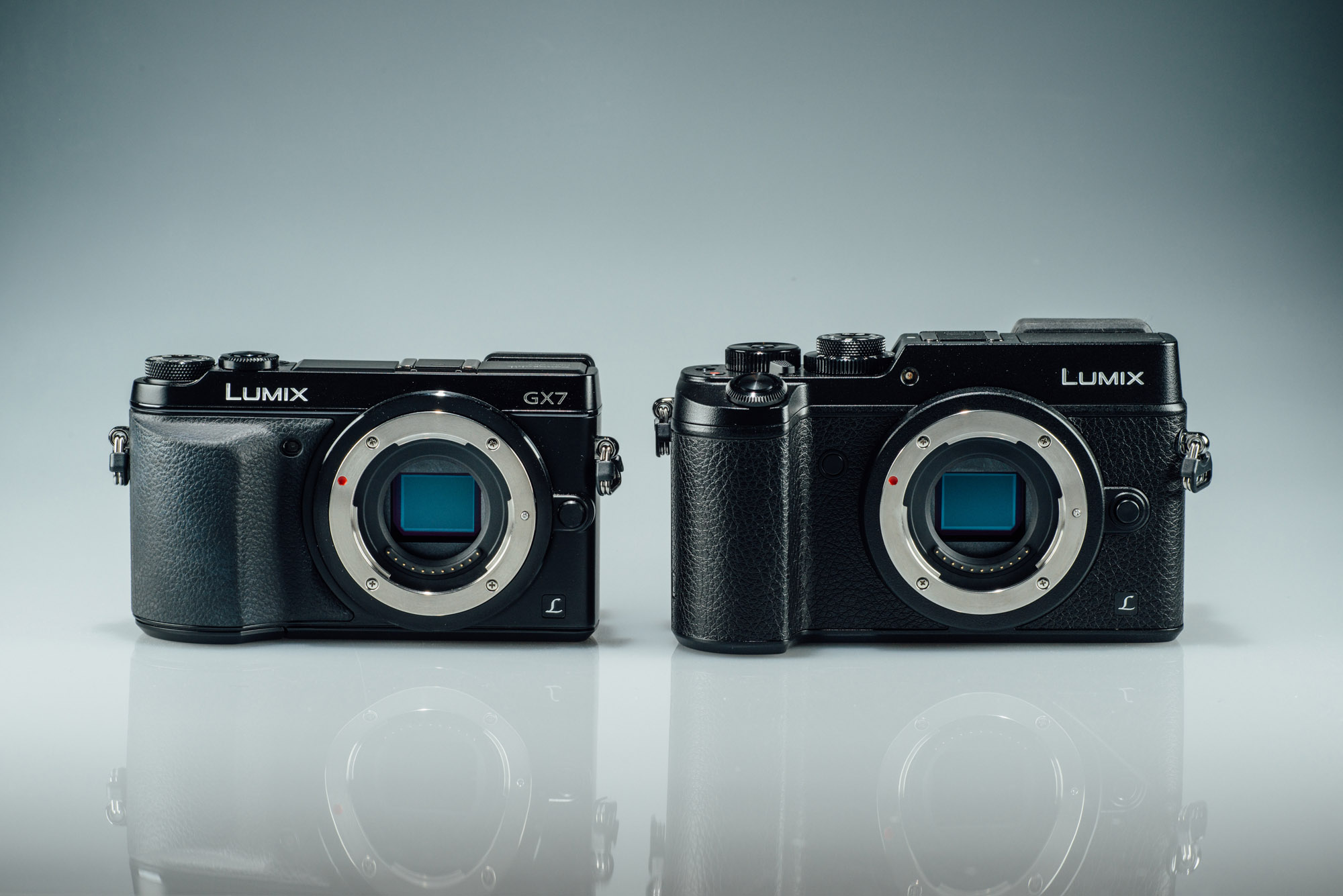 GX7 vs GX8. Notice there is no GX/GX8 logo on the GX8.
GX7 vs GX8. Notice there is no GX/GX8 logo on the GX8.
There is a silver version as well as the black GX8. I haven’t seen the silver one when writing this review. What I can tell you thou is that the black version is just perfect if you want a low key camera.
With the bigger body and redesigned buttons and dials, the camera is a lot easier to use especially for people with bigger hands. One of the morning when I was out testing the GX8, it was really cold so I put on my wool gloves, and I found that I have absolutely no problem using the camera and changing the settings. A little surprise I discovered by accident was that GX8’s fully articulated touchscreen actually works when I was wearing the gloves! They are just oridinary wool gloves not some special gloves designed for touchscreens and I knew my smartphone and most touchscreen devices (including the GX7) I used wouldn’t work at all when I’m wearing them. But not only GX8’s touchscreen works and it also works flawlessly just like I was touching it with bare hand. I don’t think the touchscreen would work with every type of glove as it’s still a capacitive touchscreen but it was still a little pleasant surprise.
The articulated touchscreen is bright and works very well. Compare to the tilt only touchscreen, an articulated screen make the camera more suitable for shooting in portrait mode, macros, shooting videos and of course that ocaasional selfie 😉 You also can flip the screen to hide/protect the monitor screen. But then if you want to do some sneaky photos from hip level then you may still prefer the tilt-only screen on it’s predecessor. Since Panasonic placed the HDMI and mic ports on the left side of the camera next to the articulated screen (instead of right side like their G and GH cameras), it could be a bit of problem if you want to adjust the screen angle when you are using those ports. Personally I don’t think it’s a big problem as it only affect some certain angle. My guess is that with the smaller grip on the GX8 there is just not enough room to place it on the right side unless you make the grip even bigger like the G/GH camera, that’s probably the same reason why the Olympus OMD EM5 II have the same design.
 Panasonic Lumix GX8 + Panasonic Leica DG Summilux 25mm f/1.4
Panasonic Lumix GX8 + Panasonic Leica DG Summilux 25mm f/1.4
ISO 200 f/1.8 1/125s
Talk about the EVF, if you are the lucky (or unlucky?) one who can see the tearing effect on GX7’s sequential field technology EVF (I never notice anything myself), you’ll be glad to hear Panasonic has opted to use a OLED panel this time which should not have the same issue. The resolution is 2.36M which is the same as the new Olympus EM5 II so its really high resolution. And the overlaid text and icons appear to the much smoother than the Olympus and does not have any noticeable jagged edges. The magnification is 0.77x so it is as large as the one on the Fujifilm XT1, which means it’s huge!
With such a large and nice EVF, and features like touch pad AF (use the touchscreen like a trackpad to control the focus point when shooting using the EVF), it’s really a crime to not use GX8’s EVF to take photos. After all, the EVF is the reason why you buy a rangefinder style body isn’t it?
The GX8 comes with a brand new 20MP image sensor. Micro four thirds cameras’ image resolution has remained at 16MP for quite a while (apart from the Olympus EM5 II which also a 16MP but it can use multiple exposure to create a 40MP merged output) so its quite exciting there is a brand new higher resolution sensor inside the GX8
This is not a multi aspect sensor which means the maximum resolution is only available at 4:3 aspect ratio and anything else would be a crop from that. The good thing with a 20MP sensor is that even after cropping to 3:2 you still get almost 18MP.
The images are beautiful when shooting at low ISO. Nice colours, and while I can’t open RAW file yet, the new sensor seems to be able handle high dynamic range pretty well.
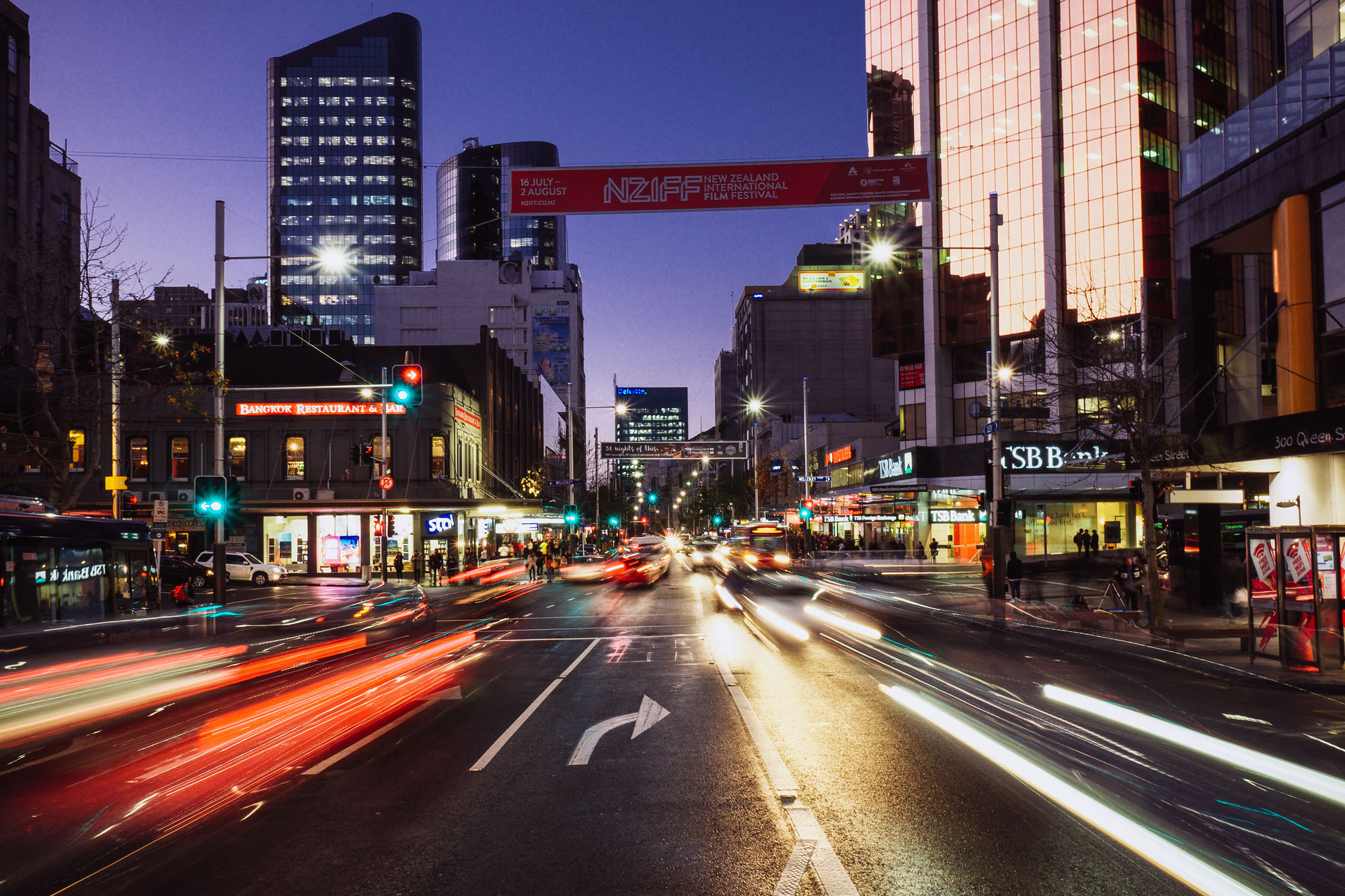 Panasonic Lumix GX8 + Panasonic 12-35 f/2.5
Panasonic Lumix GX8 + Panasonic 12-35 f/2.5
ISO 200 f/11 1s
Yeap, I took this handheld 1 second exposure when I was standing in the middle of the Queen Street.
ISO range is from 200-25600, can be expand down to ISO 100. The maximum ISO is the same as the GX7 which make sense as the image resolution has been increased by 25%. But if you are wondering if higher resolution means going backwards in terms of high ISO performance, I have done quite a few comparison tests with the recently released 16MP G7 and Olympus OMD EM5 II (review of both cameras coming soon), the JPGs from the 20MP GX8 keeps up pretty well all the way up to maximum ISO. I would even say the GX8 is arguably better than those 16MP cameras once you resample all the photos to same resolution.
 ISO 25600 100% crop JPG comparison
ISO 25600 100% crop JPG comparison
from left to right: Olympus OMD EM5 II, Panasonic G7, Pansonic GX7, Panasonic GX8
Notice the black in the GX8 crop remain the most black without any colour cast
5EV test
I’ve done a +/-5EV test to see what I can get when I extremely underexpose and overexpose the photo and try to fix it in post processing. What it means is, for example, if your photo should be taken at say ISO 200 f/5.6 1/250s, I’ll now take two more images, one at ISO 200 f/5.6 1/8s (+5EV) and one at ISO 200 f/5.6 1/8000 (-5EV) and compare the images.
This allows me to test the sensor’s dynamic range as well as how clean the RAW output is at base ISO as well as any unexpected artefacts that may become visible under extremely postprocessing. All the photos were taken at base ISO 200, in RAW format, and post processed in Adobe Lightroom CC 2015.1.1.
Unless specifically stated, all the photos I’ve only adjusted the exposure. Noise reduction is set to zero, sharpening and everything else at default value.
Remember under normal use you would almost never do a +/-5 EV adjustment in post processing, especially with a mirrorless camera like GX8 which you can preview the actual exposure before you take the photo. But anyway, this is how the three sample photos look like.
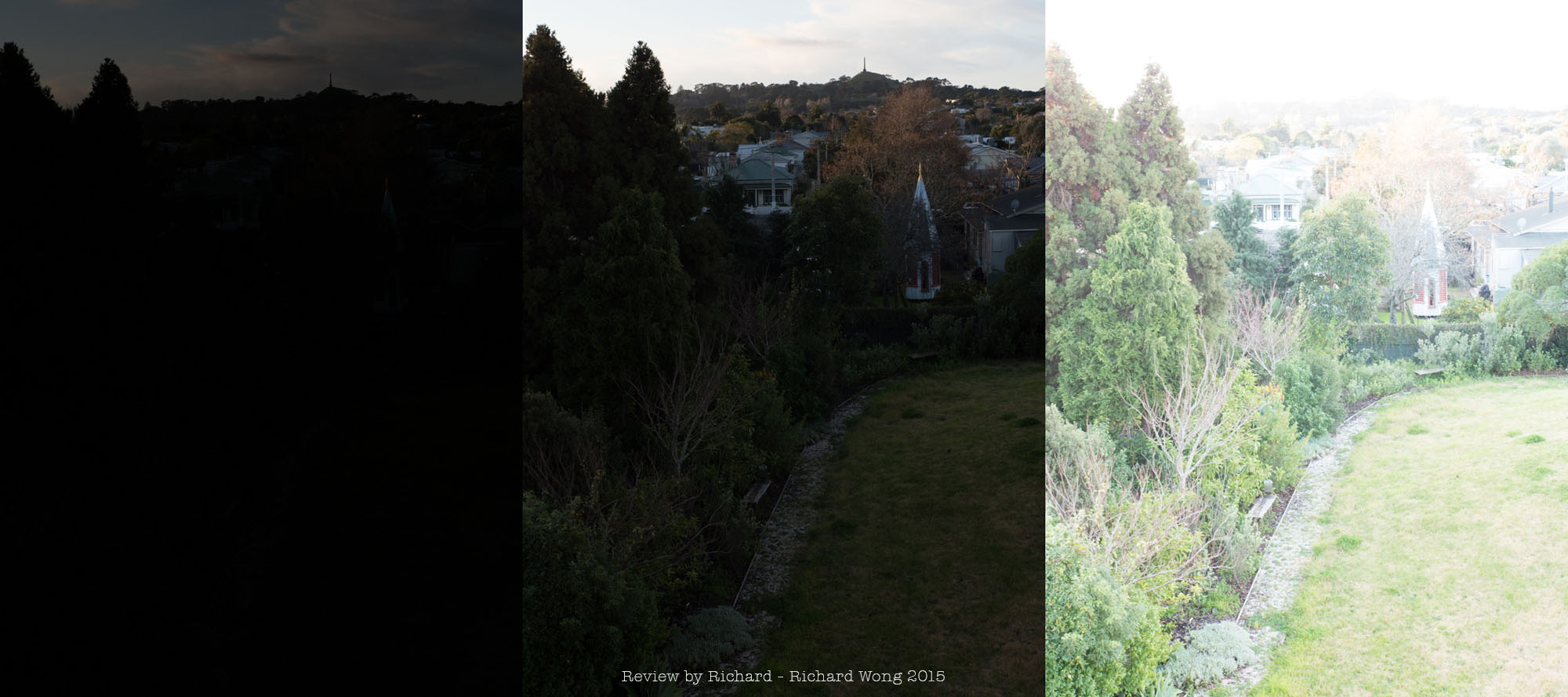 Left: -5EV (underexposed) Mid: normal Image Right: +5EV (overexposed)
Left: -5EV (underexposed) Mid: normal Image Right: +5EV (overexposed)
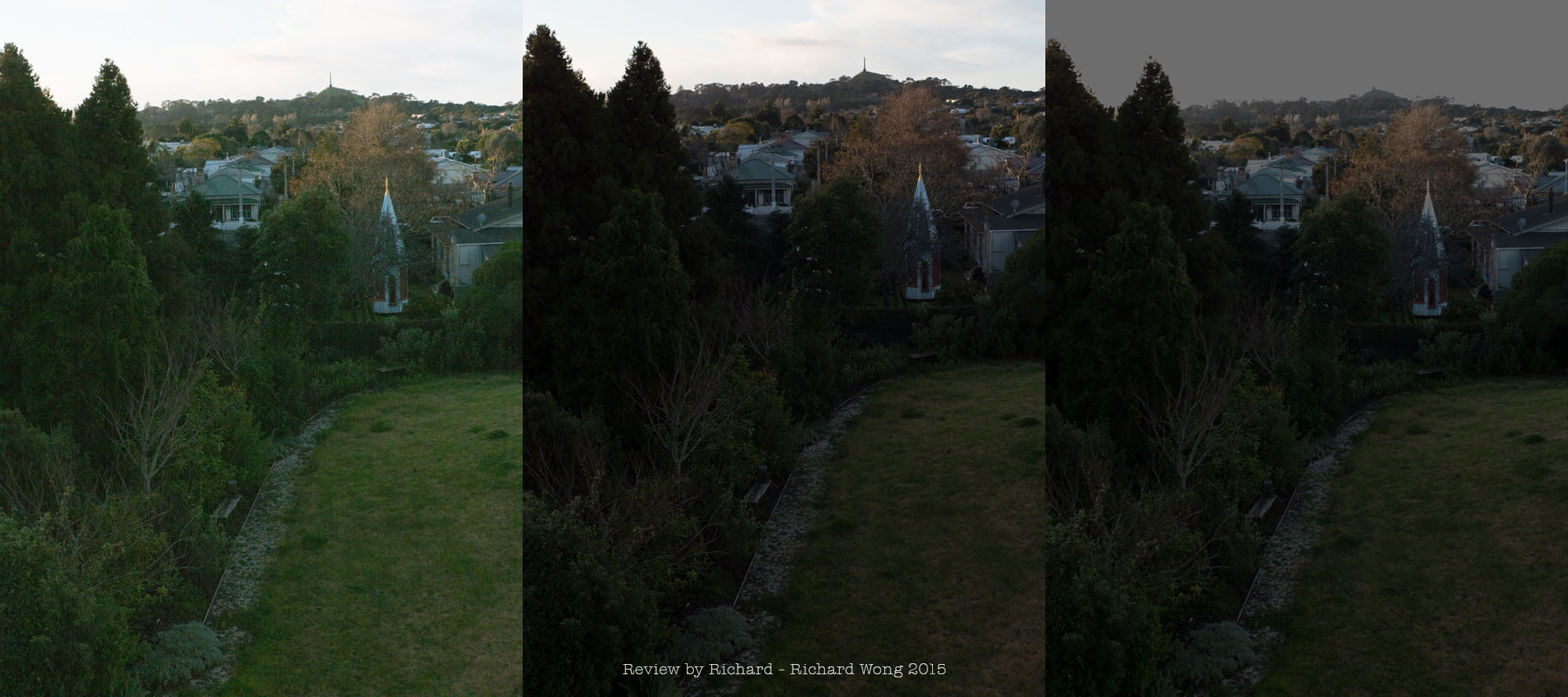 Adjust the exposure slider bar (but nothing else) to bring them back to the same theoretical exposure
Adjust the exposure slider bar (but nothing else) to bring them back to the same theoretical exposure
Left: underexposed image Mid: normal Image Right: overexposed image
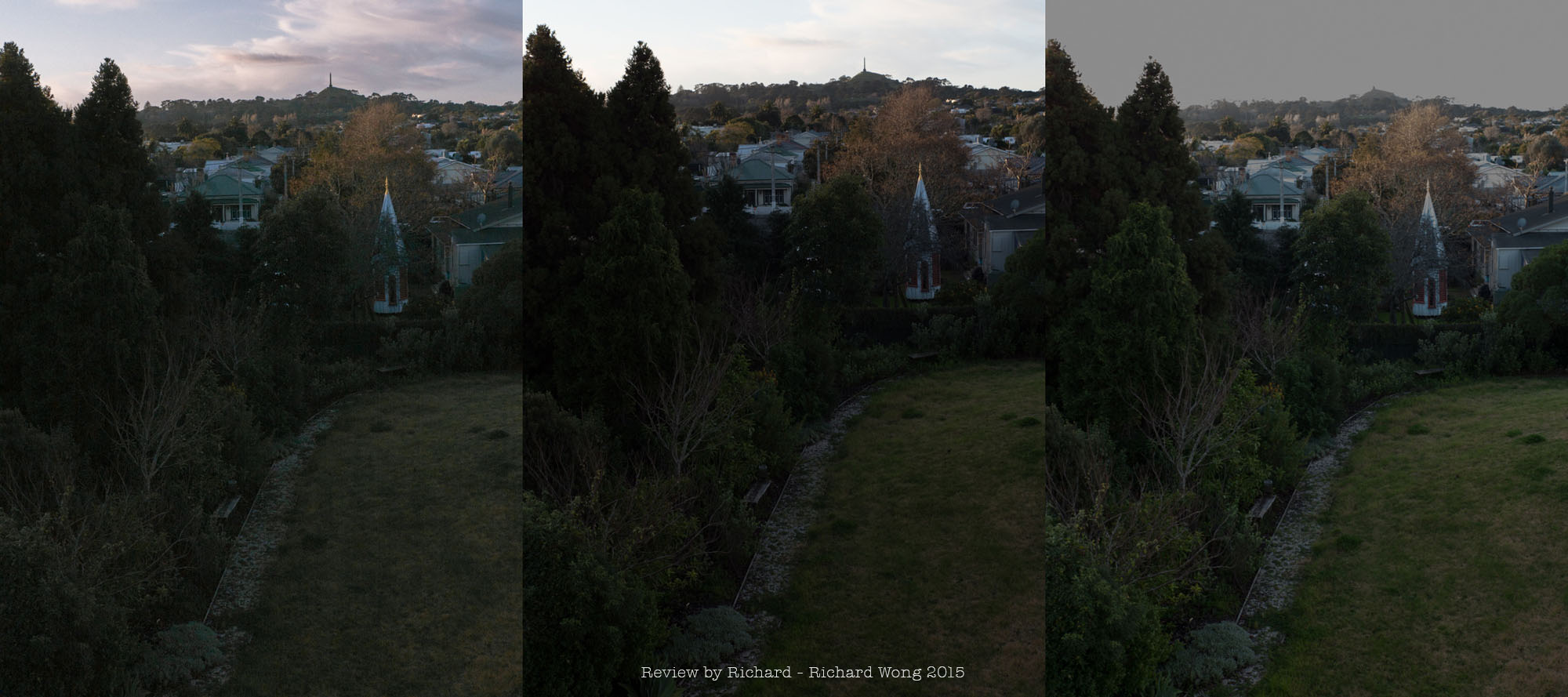 And this is what the underexposed and overexposed images look like after edited to taste
And this is what the underexposed and overexposed images look like after edited to taste
Left: underexposed image Mid: normal Image Right: overexposed image
The sky in the overexposed image is, well really overexposed and just not recoverable in post processing. But apart from that, I was able to easily recover both images to a reasonably useable result.
Also to find out how is the new 20MP sensor compare to the old 16MP, I’ve also done a side by side test with a GX7. And did a 100% crop from the RAW to show you how the new 20MP sensor performs against the 16MP sensor. All photos were taken within a one minutes period under same lighting condition and same camera settings.
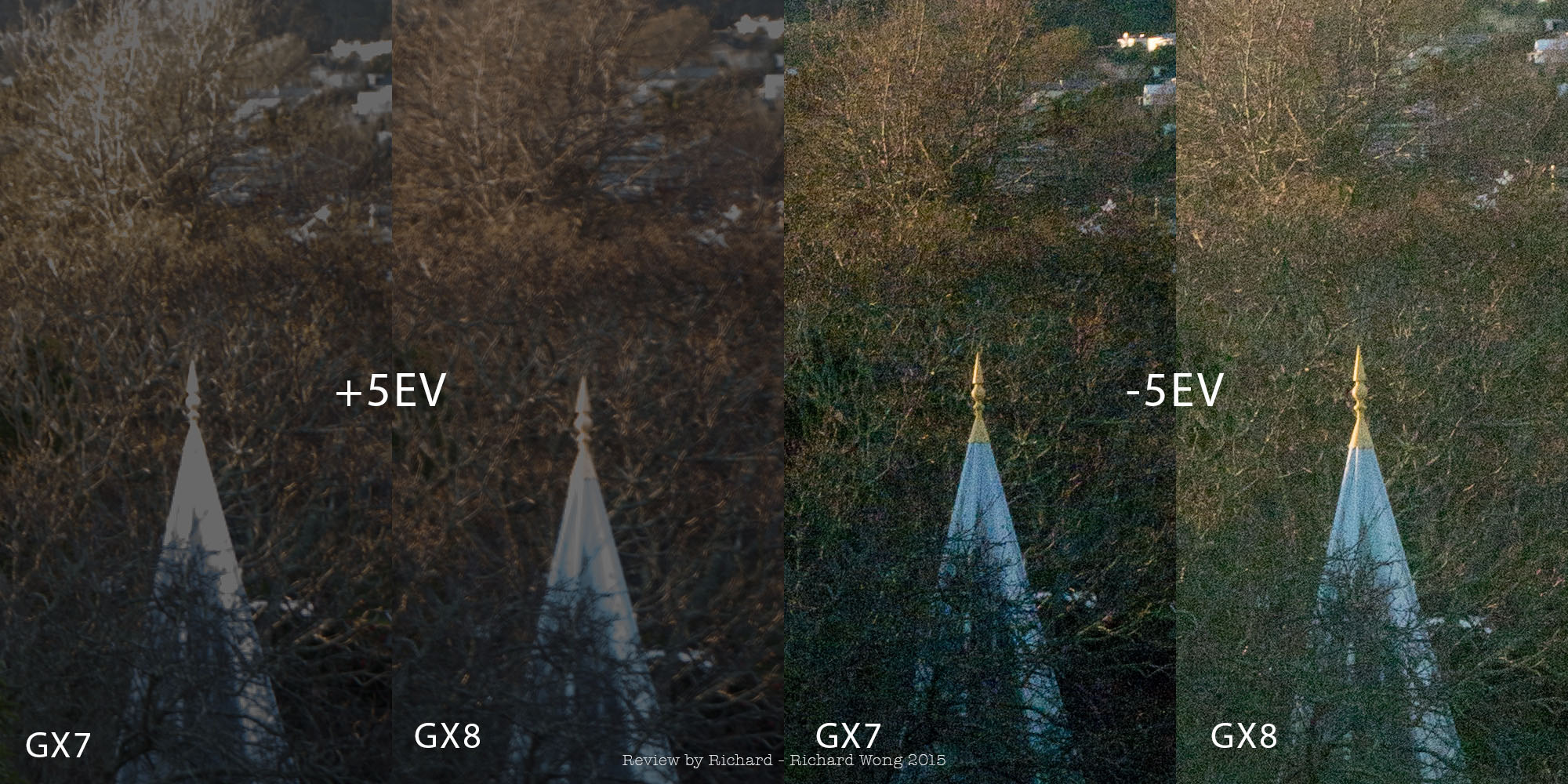 100% crop from 5EV underexposed and overexposed RAW images
100% crop from 5EV underexposed and overexposed RAW images
For the underexposed (-5EV) images, I would say the results are similar, the GX7 may look slightly better with a bit more contrast but the GX8 records a bit more shadow details from the area that was severely underexposed. The overexposed (+5EV) images clearly shows the new 20MP sensor does have better dynamic range as you can see the GX7 crop has some completely blown out area while the GX8 still preserves some highlight details and colours and avoided the nasty blown out whites on the tree and the tip of the building.
The maximum shutter speed is 1/8000s, or can go up to 1/16000s if the electronic shutter is used instead. The mechanical shutter is not as quiet as the Olympus EM5 II, but it’s nowhere as loud as Sony A7. It’s just you can hear it when you are taking photos on a busy street. Personally I would prefer it to be a bit more quiet for street photography. But at least I can always switch to electronic shutter for complete silent operation.
If you like to use electronic shutter, the rolling shutter issue seems to be much less obvious when compare to the GX7. Some other Panasonic camera users reported that the RAW captured using the electronic shutter seems to only contain 10 bit data instead of the normal 12 bit RAWs. This is probably to allow the camera to readout the data as fast as possible and reduce the rolling shutter effect. While the difference between 10 vs 12 bit is not really noticeable under normal use, it becomes visible when doing some extreme processing. Since Panasonic didn’t say if there is any difference between GX8’s normal mechanical shutter and electronic shutter output, I shot two photos with exact same camera settings, intentionally under exposed, the only difference is one was using the normal shutter and one is electronic shutter. Then I push the exposure up by +5 EV in post processing, to see if there is any difference in shadow details. Zero noise reduction or any editing applied as I just want to compare the difference (if any) between the two files. And below is my result:
 Top: Mechanical shutter exposure push +5EV Bottom: Electronic shutter push exposure +5EV
Top: Mechanical shutter exposure push +5EV Bottom: Electronic shutter push exposure +5EV
100% crop (the top of the church) after adjusting the exposure. Can you tell if there is any difference between these two photos?
I can’t really tell if there is any difference between the photo shot with mechanical and eletronic shutter and I would say they are identical.
As the camera resolution is getting higher, shutter shock is becoming a common issue for a lot of cameras. GX8 suffers from the same issue as well. This is most obvious when you are shooting with a telephoto lens, especially the Panasonic 14-140mm lens, at shutter speed between 1/100 to 1/250s. Then you’ll notice a bit of blurriness when you examine the photo at 100%. This is not caused by my hand shake as I’ve turned on the image stabiliser and photos taken at 1/80s or slower are much sharper. Unfortunately switch on shutter delay and set it to 1sec doesn’t seem to improve much either. To eliminate that, you have to switch to electronic shutter when shooting under these specific settings
**Update 2016/05/05: I was informed by Panasonic GX8’s new firmware would try to avoid some particular shutter speed when some certain lenses are mounted onto the camera to minimise the chance of shutter shock. So if you have a GX8, definitely upgrade to the latest firmware.
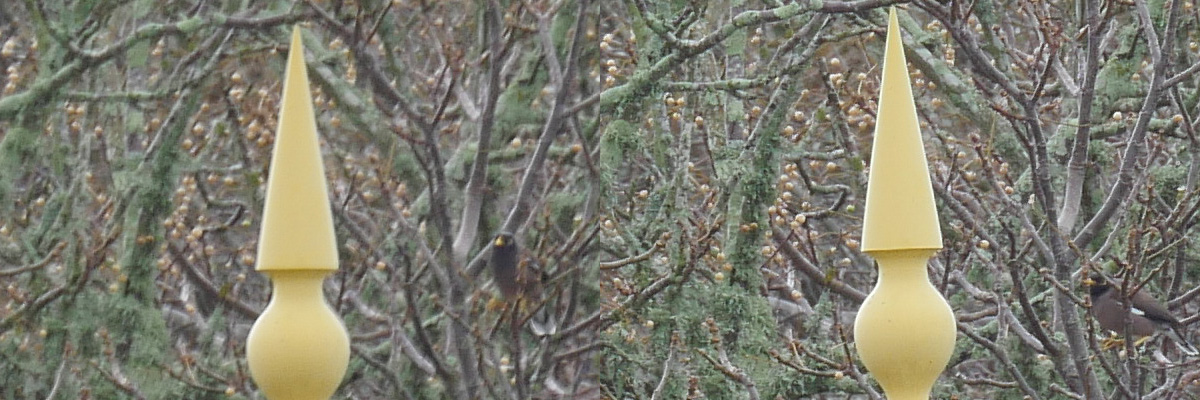 ISO 200 1/125s
ISO 200 1/125s
Left: Mechanical Shutter Right: Electronic Shutter
If you love doing long exposure photography, you’ll like it that the maximum (bulb) exposure time has increased from GX7’s 4 minute to 30 minute. Not only that, the new sensor seems to be much better when handling long exposure noise, and the long exposure are much cleaner than it’s predecessor. I did a 1 minute long exposure at ISO200 and the result looks great even without any long exposure noise reduction applied, something the GX7 would struggle unless you turn on the long exposure noise reduction.
GX8’s autofocus system is simply amazing. It’s really fast, accurate and very rarely it would hunt and don’t know what to do when you half press the shutter button. With the DFD autofocus technology (and a compatible Panasonic lens), the camera pretty much lock onto it’s target instantly every time.
Continuous focus is a big weakness for the contrast detection based autofocus system but it actually is quite useable and work reasonably well on the GX8! I have fairly good success rate when shooting fast moving objects with the GX8. Not perfect, but better than any contrast detection based system I’ve used befor. And the the best thing is, it is not constrained by the fixed autofocus points on a phase detection system.
 Shooting at 10fps, the continuous autofocus result is not bad at all consider the busy background and the high burst rate.
Shooting at 10fps, the continuous autofocus result is not bad at all consider the busy background and the high burst rate.
Autofocus also works very well under lowlight as well. While I haven’t done any real comparison against any other camera, I believe the GX8 is one of the best mirrorless camera (or even any camera) in terms of low light autofocus performance.
Overall, GX8’s autofocus systemm works so well that makes me believe contrast detection system is the future as it is always accurate with no front / back focus issues that DSLRs have.
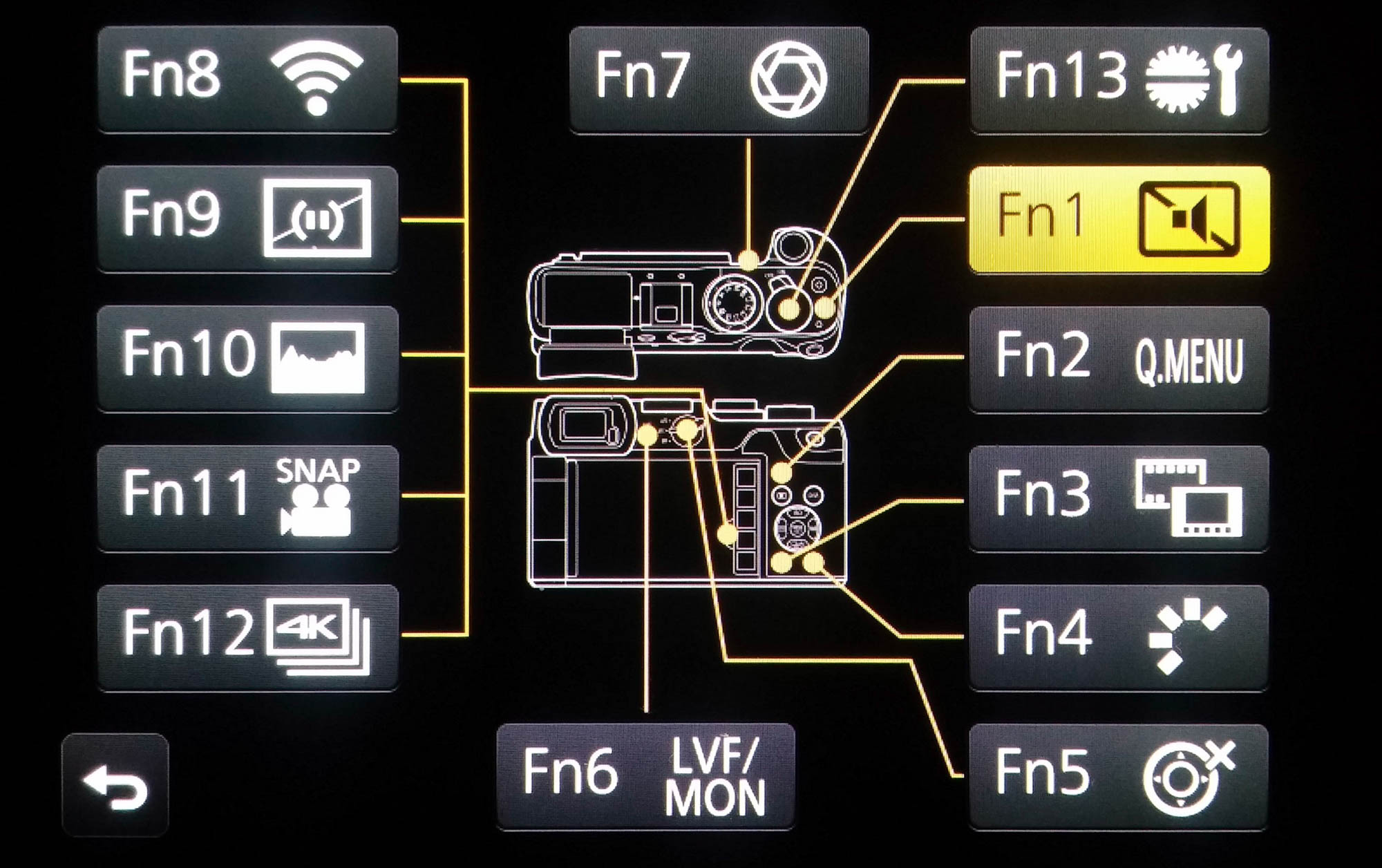 Tonnes of customisable buttons and controls
Tonnes of customisable buttons and controls
But while the GX8 has an excellent autofocus system, if you prefer to use some legacy (or even modern) manual focus lenses, I can tell you the GX8 is really the best ever digital camera I’ve used for manual focus work.
The touchpad AF makes selecting the manual focus area intuitive and super fast. Then the huge EVF and the automatic PIP magnification allows you to adjust you focus precisely, while still let you see what’s happening in the background and your overall framing. I can’t think of any other camera in the market that has a better implementation that allow quick and precise manual focus work. Not the Fuji, not the Olympus, not the Sony, and definitely none of the DSLRs.
My preferred settings for taking photo using manual focus lens:
Touch Pad AF: Offset
Magnification: 5.0x
Peaking: Off
MF Assist Display: PIP
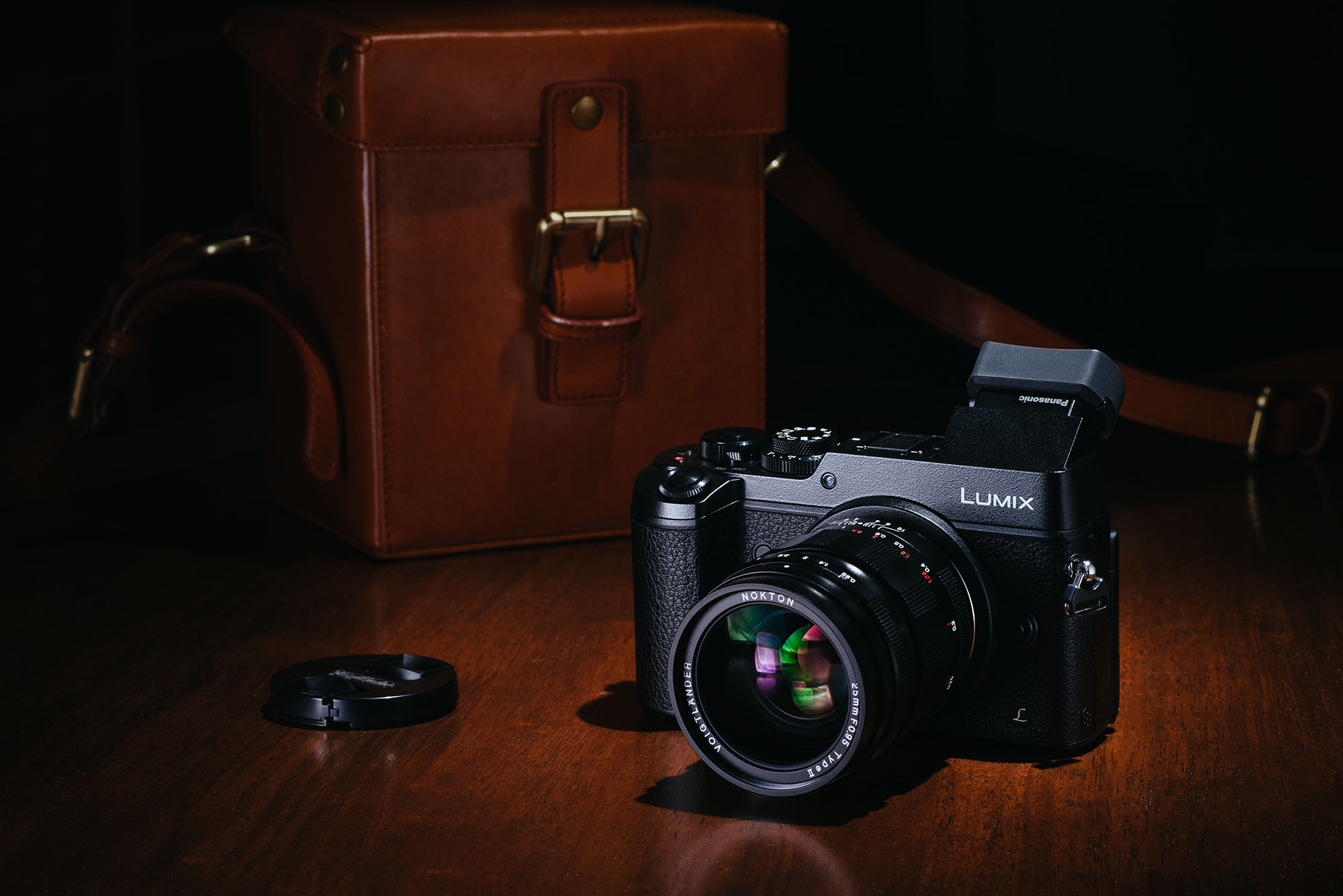 GX8 is hands down the best camera I’ve ever used for manual focus. And the metal construction is a perfect match to my Voigtlander 25mm f/0.95
GX8 is hands down the best camera I’ve ever used for manual focus. And the metal construction is a perfect match to my Voigtlander 25mm f/0.95
 Panasonic GX8 + Voigtlander 25mm f/0.95
Panasonic GX8 + Voigtlander 25mm f/0.95
ISO 200 f/0.95 1/160s Manual Focus
Traditionally, Panasonic opted for lens based image stabilisation system, and the GX7 was the first Panasonic micro four thirds camera that has inbody image stabiliser. It was great news for people using Olympus or other third party/legacy lenses. But for some reasons none of the later cameras such as the GH4 and G7 has inbody stabiliser. But the good news is, the inbody image stabiliser is back with the GX8. And even better there is a new dual I.S. system which takes advantage of both the inbody image stabiliser and the lens’s optical image stabiliser.
DUAL I.S. Test
When I first received the GX8 review sample, it only had the pre-production firmware 0.2, which means the dual I.S. was not complete and therefore I wasn’t able to test it. But few days ago Panasonic contacted me and told me they now have the firmware 1.0 and the required corresponding lens firmware update as well, so now I have the latest firmware on both the GX8 and the two lenses 12-30 f/2.8 and 14-140 f/3.5-5.6 and I can finally do some testing on the dual I.S. system.
To see how good the dual I.S. system really is, I’m also comparing it with one of the best image stabiliser system in the market, the 5 axis in body image stabiliser from the latest Olympus OMD EM5-II
I’ve tested the I.S. at two different focal length:
- wide angle 12mm (using the Panasonic 12-35mm f/2.8)
- tele 140mm (using the Panasonic 14-140mm f/3.5-5.6)
At each focal length, I’ve selected 7 different shutter speed, starting from approximately 1/effective focal length (i.e. 1/25s and 1/250s) all the way down to 6 stop slower. I took 20 photos at each shutter speed for each option, and analysis the results and divide them into three groups:
- Sharp – Sharp, or almost no noticeable blur when review at 100% zoom level
- Acceptable – Small amount of blur , but not very noticeable unless you review the photo at 100% zoom level
- Blurry – You can easily see the photo is blurry even when viewing the photo at less than 100% zoom level.
For the 140mm test, I’ve also repeated the test on GX8 with e-shutter as some of the shutter speed I picked might cause shutter shock on the results. And the results are below:
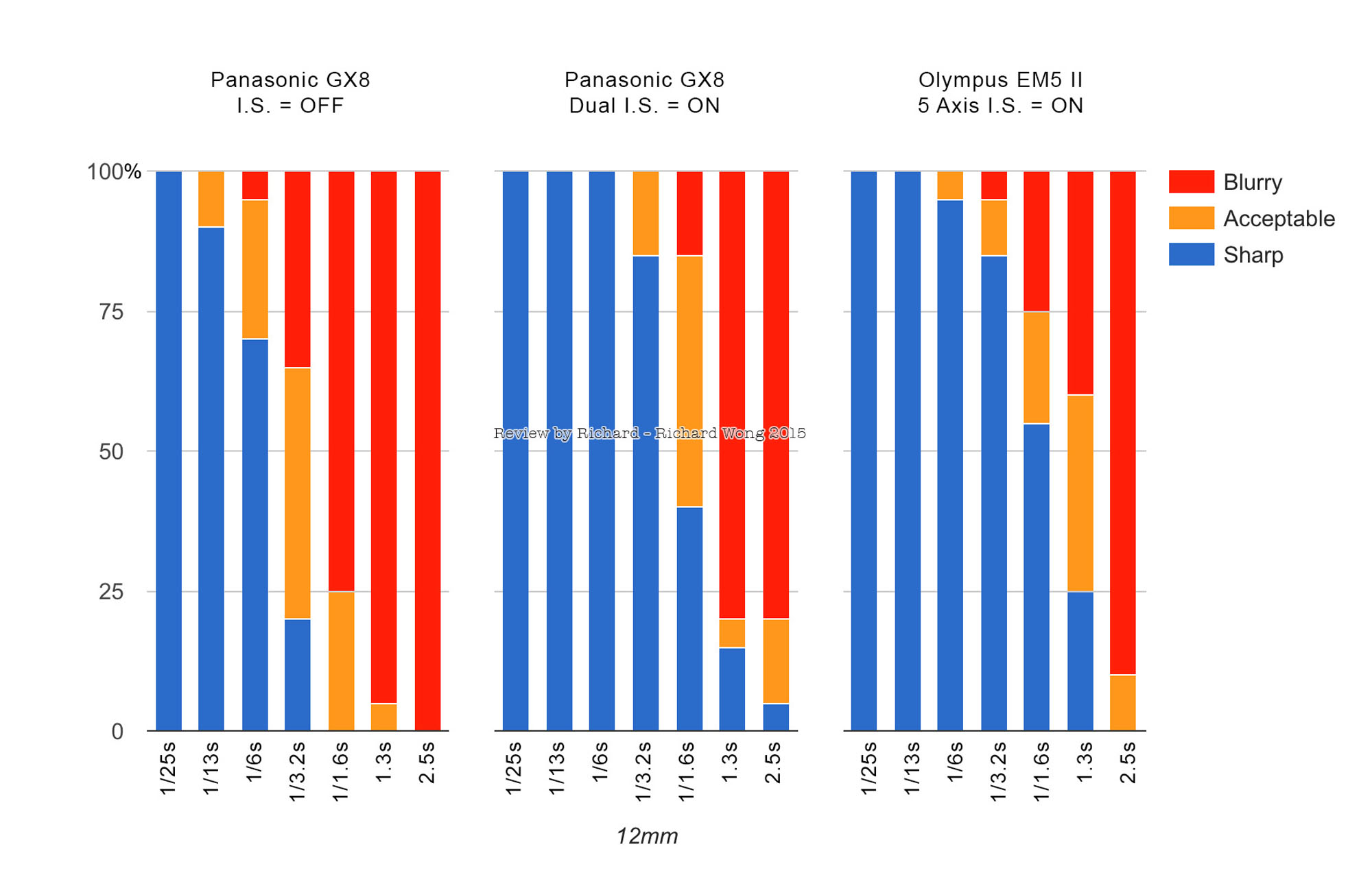
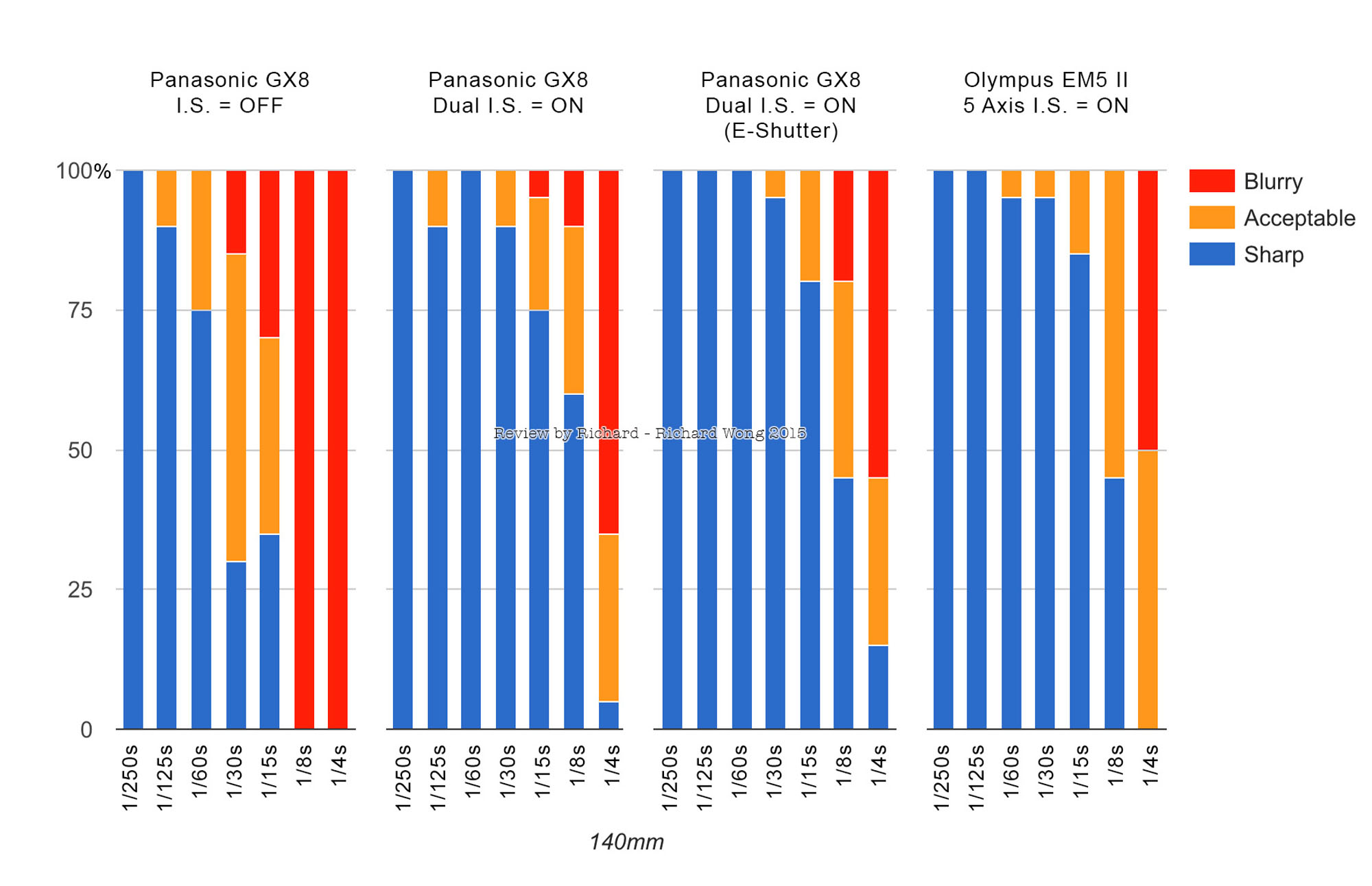 As you can see from the graphs, the dual I.S. is pretty effective and provides 3-4 stop image stabilisation when compare to with no image stabilisation. What is more interesting is that the results from the dual I.S. is very similar to the latest Olympus 5 axis IBIS, maybe even slightly better at extremely slow shutter speed. This is pretty impressive consider how good the Olympus 5 axis system is.
As you can see from the graphs, the dual I.S. is pretty effective and provides 3-4 stop image stabilisation when compare to with no image stabilisation. What is more interesting is that the results from the dual I.S. is very similar to the latest Olympus 5 axis IBIS, maybe even slightly better at extremely slow shutter speed. This is pretty impressive consider how good the Olympus 5 axis system is.
Body Only I.S. Test
I’ve also done a quick tested to see how does the GX8’s body I.S. perform by itself., I tested it with a Voigtlander 25mm f/0.95, the only non O.I.S. lens I have with me at the moment.
The test is pretty similar to the Dual I.S. test above. I’ve selected 7 different shutter speed, starting from approximately 1/effective focal length (i.e. 1/50s) all the way down to 6 stop slower. I took 20 photos at each shutter speed and with I.S. enabled and disabled as well , and analysis the results and divide them into three groups: Sharp, Acceptable, Blurry
And here are the results:
The body I.S. is approximate 1 stop or maybe slightly more effective. It’s obvious the body I.S. by itself is really nowhere as good as the Dual I.S. mode.
The biggest downside with the dual I.S.(and the 5 axis video I.S.) is that it is only available when you are using a compatible Panasonic lens, and maybe a bit confusing at first. I’ve summarised the various I.S. mode in the table below.
If you lens has optical image stabiliser and there is a physical I.S. switch on the lens, you use the switch to turn on/off the I.S.
If you lens has optical image stabiliser and there is no physical I.S. switch on the lens, or if your lens doesn’t have optical image stabiliser, then you go to the camera’s image stabiliser settings screen to turn on/off the I.S.
It also means you can only turn on/off the lens image stabiliser with the body stabiliser together, you can’t have only one of them turned on.
GX8’s maximum burst rate is now increased to 7fps even with continuous focus, or if you turn on the electronic shutter, it can be increased to 10fps. It is as fast as some of the fastest DSLR. And since GX8’s focus tracking actually works prerty well, the maximum burst rate a lot more useable compare to the GX7.
The RAW buffer has also been increased to 20 frames, which is pretty large and better than a lot of DSLRs at this price level.
There are a number of improvements when it comes to video recording. The headline is definitely the 4K video recording. You can record 4K video at up to 25fps with the GX8. Or up to 50fps in 1080P mode in either AVCHD or MP4 format. The maximum bit rate isn’t particularly high at 100Mbps for 4K recording and 20/28MBps for 1080P 25/50 recording. But despite that, the video output is pretty decent. And if you shoot in 4K and downscale it to 1080P, you get incredibly detailed video that is so sharp which looks almost unreal. It has an external mic input (2.5mm) but headphone jack is still reserved for the flagship GH4. On the other hand, there are zebra pattern, peaking, picture and in picture display to assist your video shooting.
One thing that made me feel a bit disappointed is that the inbody image stabiliser is not useable when recording video. Panasonic does provide something called 5 axis hybrid image stabiliser system, which is basically an electronic image stabliser system that works with your lens’s optical image stabilser. It would be really great if it’s the inbody stabiliser instead. (check the table a few paragraphs above for the various image stabiliser mode when shooting videos)
GX8 has many other features that I won’t go through in this review such as various 4K photo mode, stop motion video, time lapse shots, panorama shots, HDR…etc and it has Wifi, NFC, pretty much you name it, the GX8 would have it.
 Panasonic Lumix GX8 + Panasonic Leica DG Summilux 25mm f/1.4
Panasonic Lumix GX8 + Panasonic Leica DG Summilux 25mm f/1.4
ISO 1600 f/1.4 1/60s
I just couldn’t find too many things I could complaint about this camera. The build quality is excellent, ergonomics is great, EVF is amazing, autofocus system is really good. Image and video quality are both very good and the camera has tonnes of features.
While I wish the body only I.S. has better image stabilisation performance, the new dual I.S. mode is very effective, meet or even exceed the very best image stabiliser system in the market. I guess I’m a bit disappointed the inbody image stabiliser can’t be used for videos but there aren’t too many cameras that can do that anyway. I do really hope Panasonic would let us use the exposure compensation dial in manual mode as that would allow us to have precise control of the exposure yet able to shoot quickly, and make the manual mode a lot more versatile. Maybe Panasonic can address it in a future firmware update?
With the release of GX8, it’s very obvious Panasonic has clearly defined their product strategy. Unlike a few years ago when they were releasing quite a few cameras all with very similar specs, size and design, Panasonic is now moving each of their camera line to different directions with very distinctive feature set and design.
The GX line is for photographers who want the best rangefinder style camera with the best control, best build quality and no compromise.
It maybe a bit funny for me to say that as I normally think mirrorless camera should be small and light, but after using the GX8 for about 2 weeks, I actually prefer GX8’s larger and heavier body as the handling and control of the camera is just fantastic.
The Panasonic Lumix GX8 is such a nice camera I’m sure if one day their German friends decided to put their red logo on it and they’ll still be proud of it.
Reviewer: Richard Wong
Richard is a multi-award winning wedding/portrait photographer based in Auckland, New Zealand. Richard’s website is www.photobyrichard.com
If you like my review, please follow me on Facebook and Instagram 🙂
https://www.facebook.com/ReviewByRichard
https://www.instagram.com/photo_by_richard/
All photos and text Copyright© 2015 www.photobyrichard.com. All photos and text may not be copied or reproduced in any format without obtaining written permissions
More Panasonic GX8 Sample Photos (All photos edited to taste in Adobe Lightroom)
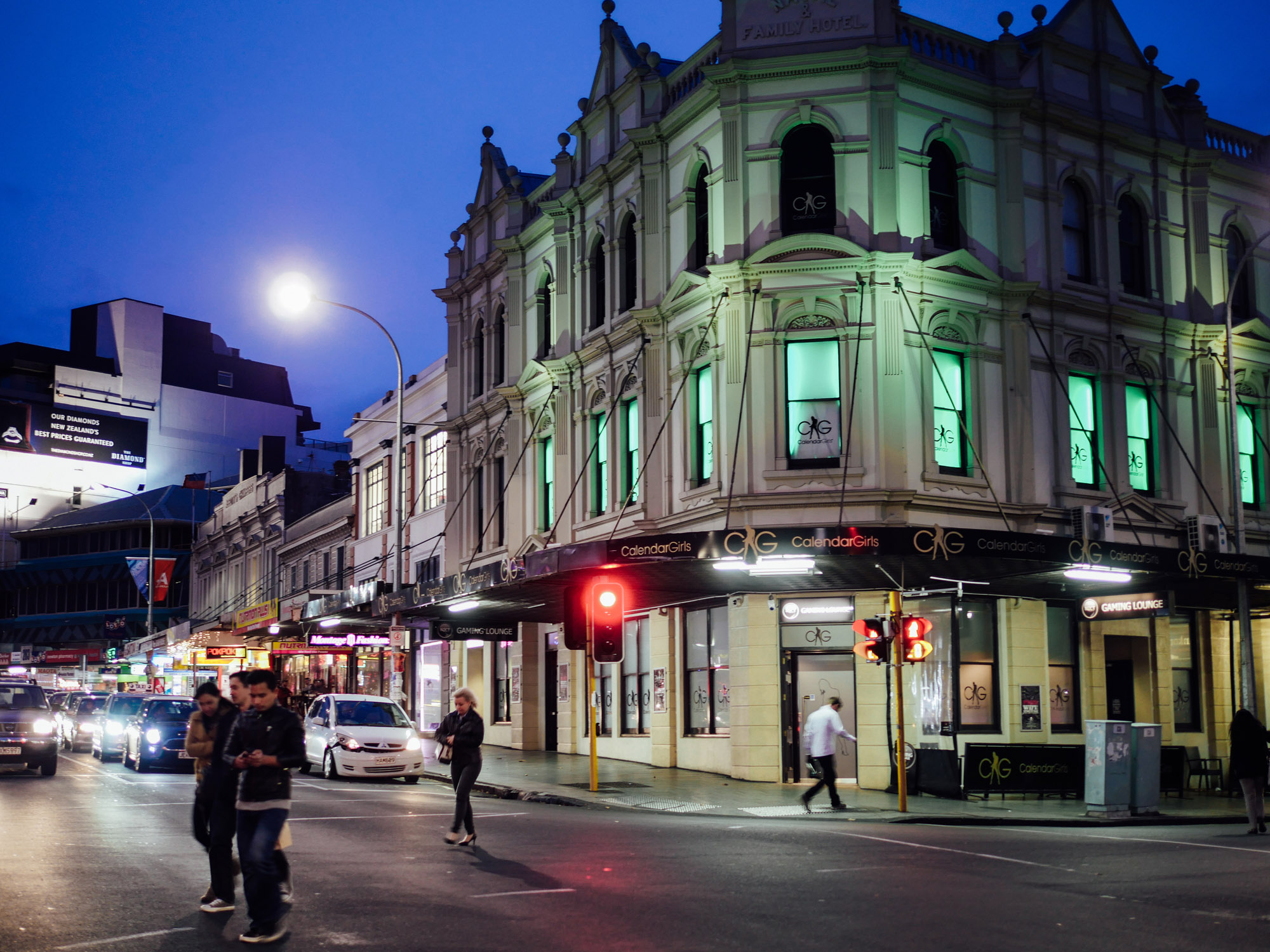 Panasonic Lumix GX8 + Panasonic Leica DG Summilux 25mm f/1.4
Panasonic Lumix GX8 + Panasonic Leica DG Summilux 25mm f/1.4
ISO 250 f/1.4 1/25s
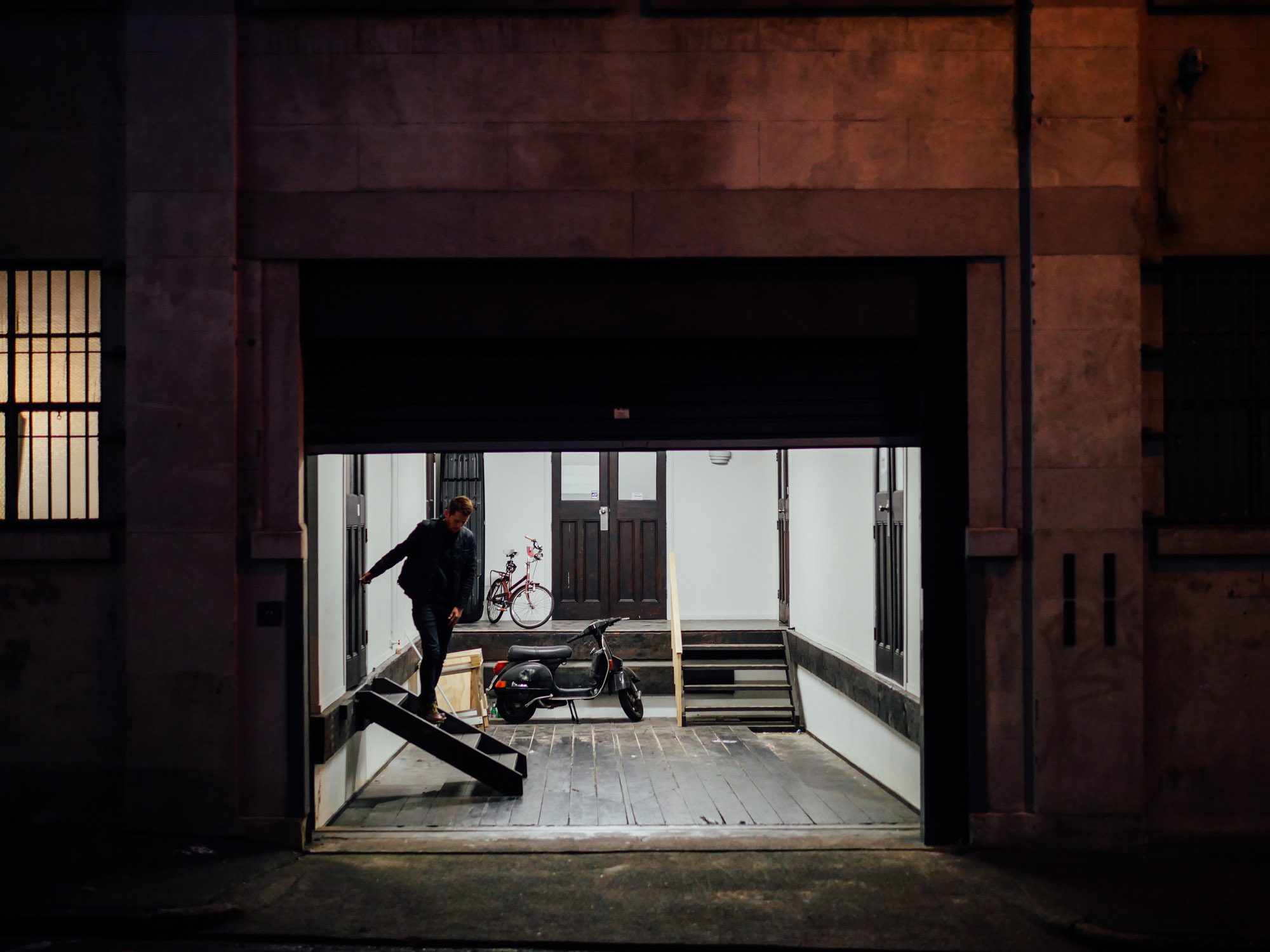 Panasonic Lumix GX8 + Panasonic Leica DG Summilux 25mm f/1.4
Panasonic Lumix GX8 + Panasonic Leica DG Summilux 25mm f/1.4
ISO 500 f/1.6 1/60s
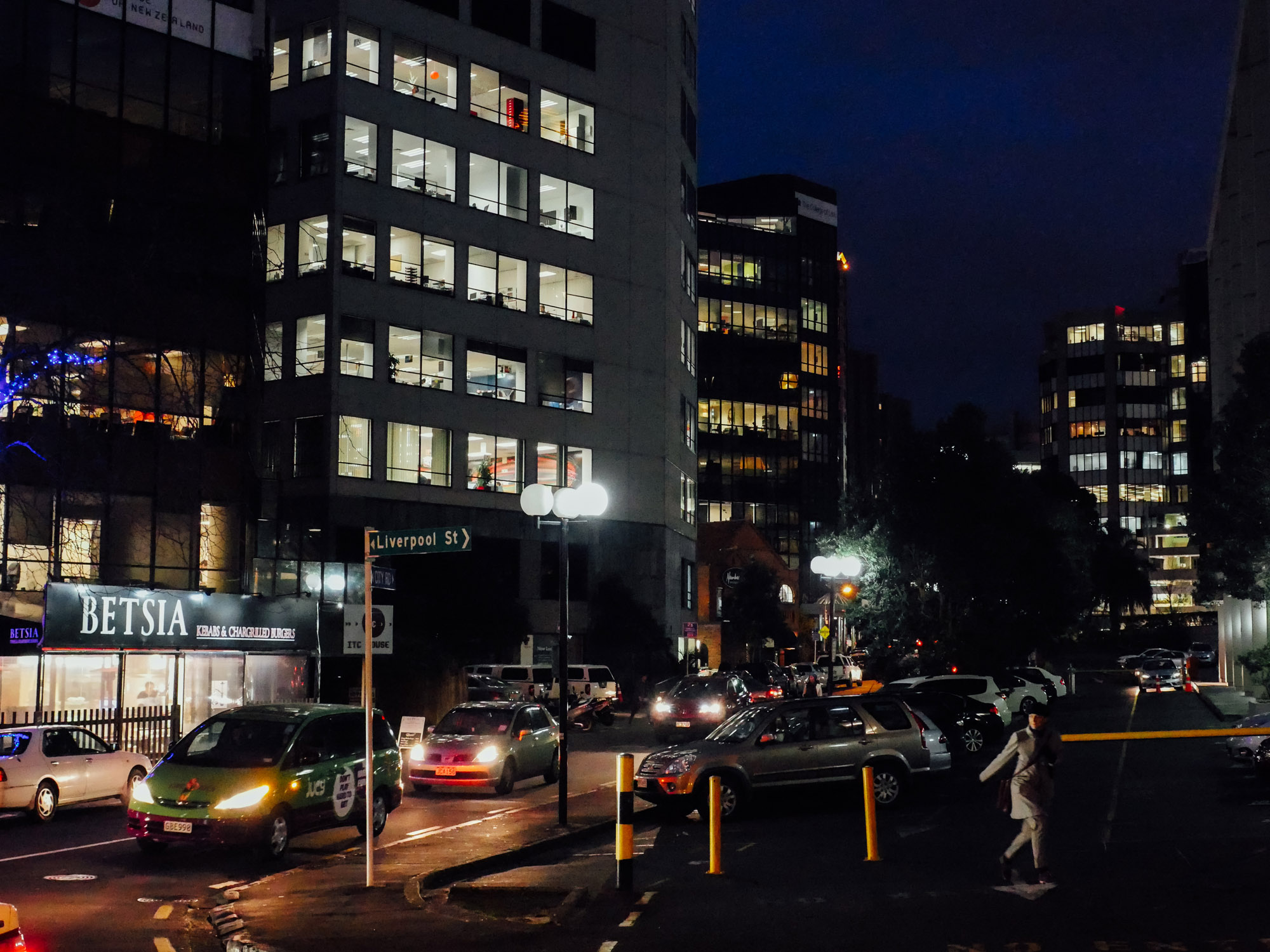 Panasonic Lumix GX8 + Panasonic Leica DG Summilux 25mm f/1.4
Panasonic Lumix GX8 + Panasonic Leica DG Summilux 25mm f/1.4
ISO 12800 f/4.0 1/60s
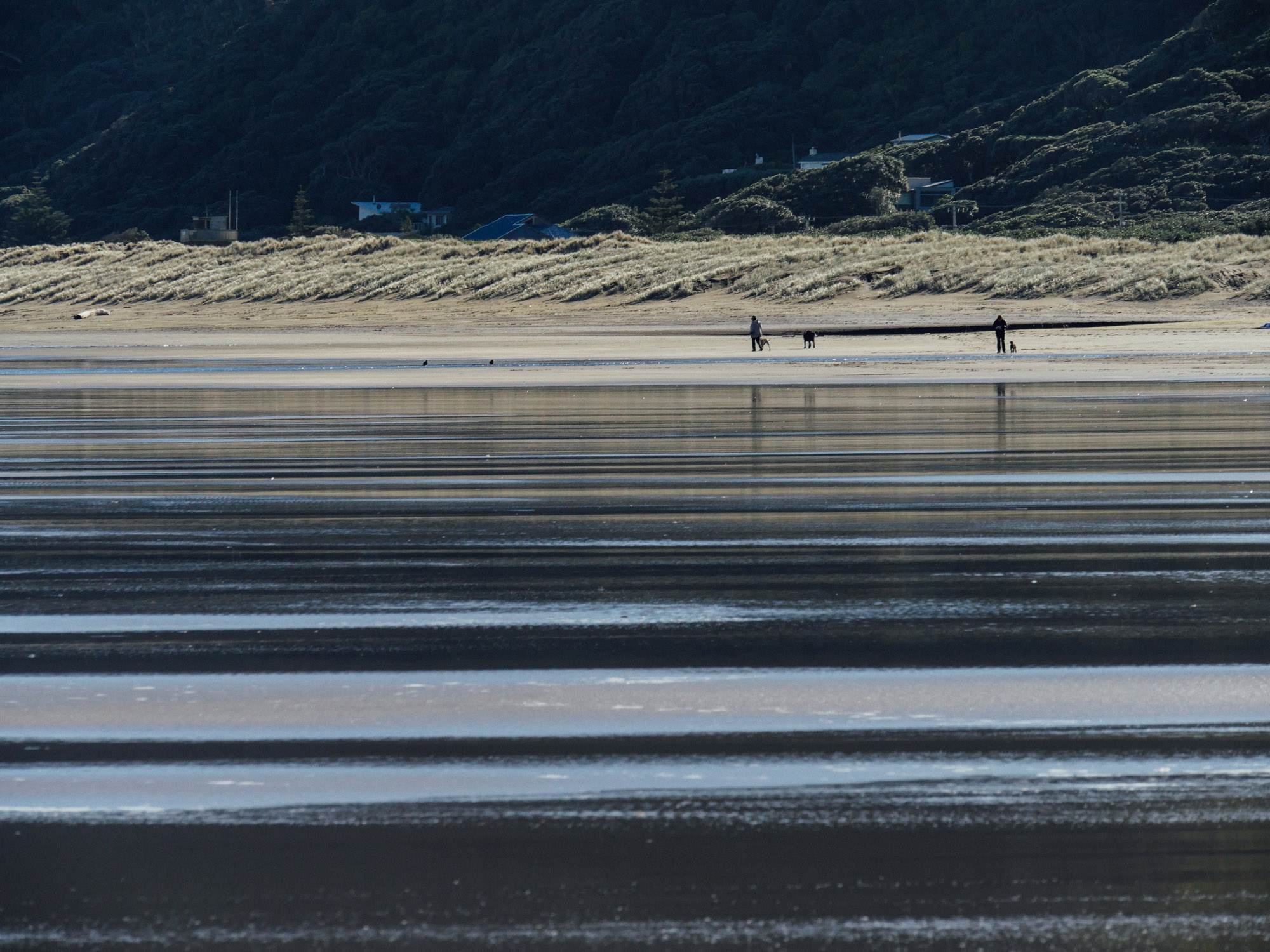 Panasonic Lumix GX8 + Panasonic 14-140 f/3.5-5.6
Panasonic Lumix GX8 + Panasonic 14-140 f/3.5-5.6
ISO 250 f/10 1/320s
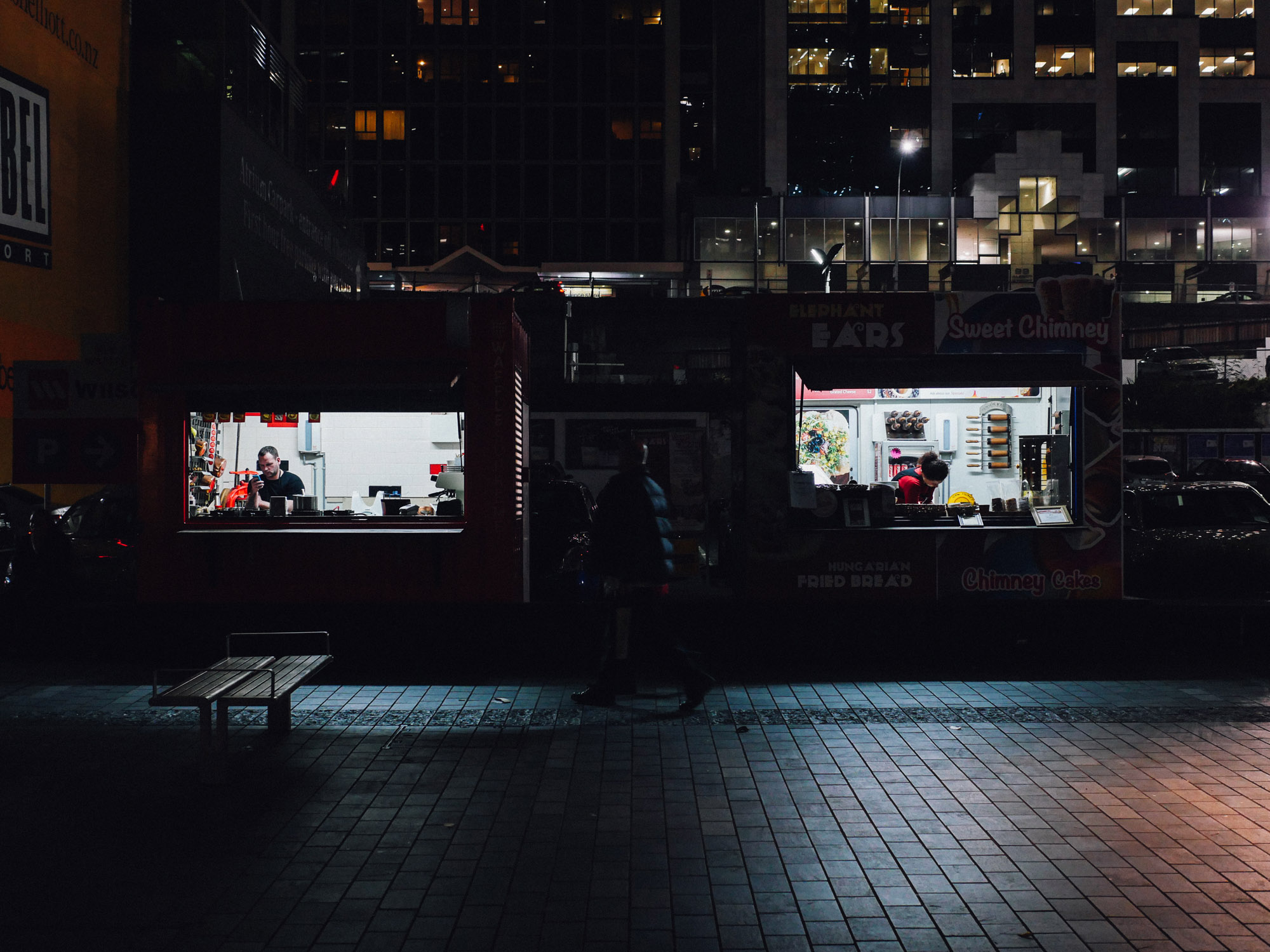 Panasonic Lumix GX8 + Panasonic Leica DG Summilux 25mm f/1.4
Panasonic Lumix GX8 + Panasonic Leica DG Summilux 25mm f/1.4
ISO 800 f/3.2 1/60s
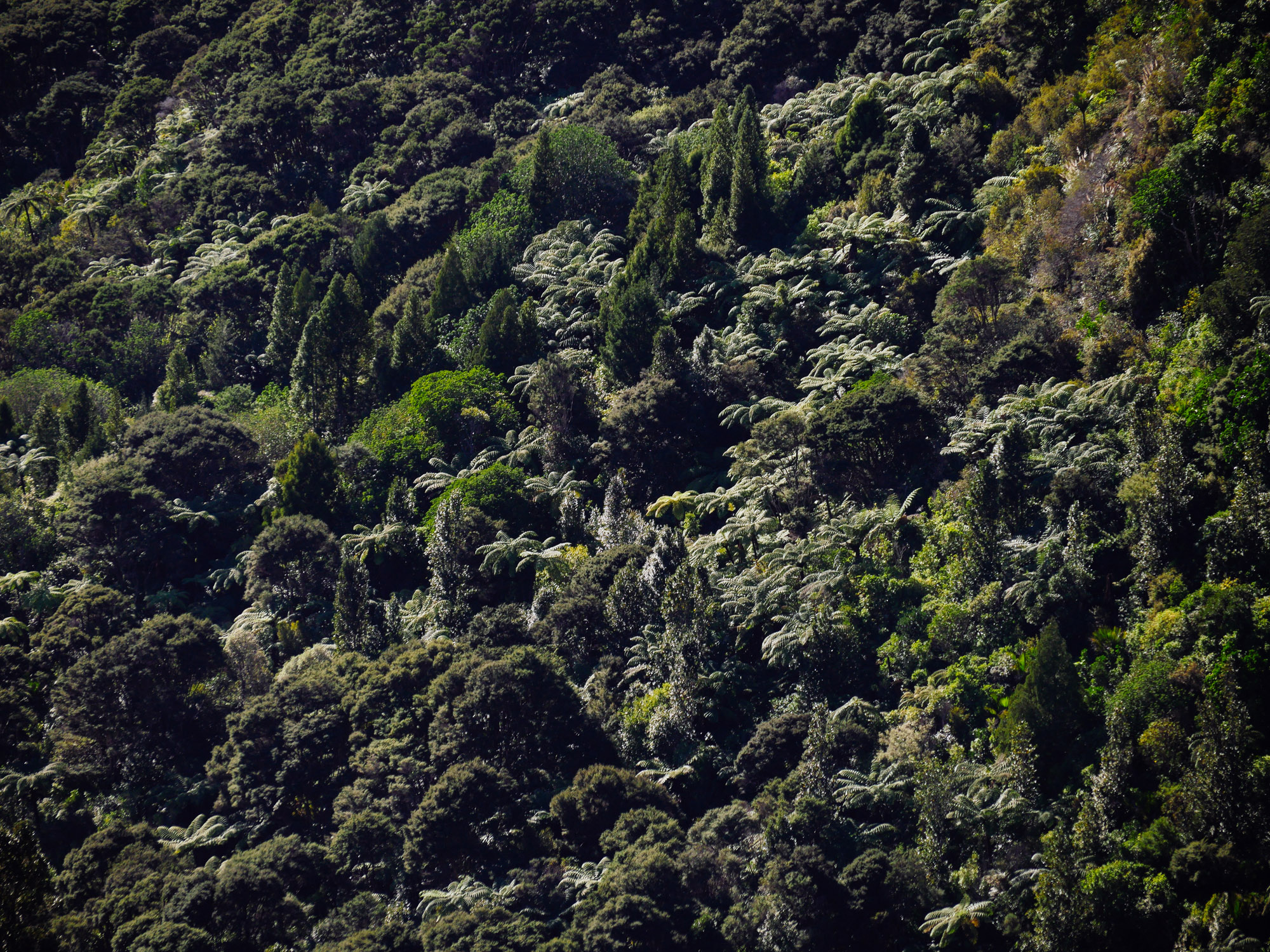 Panasonic Lumix GX8 + Panasonic 14-140 f/3.5-5.6
Panasonic Lumix GX8 + Panasonic 14-140 f/3.5-5.6
ISO 200 f/5.6 1/400s
 Panasonic Lumix GX8 + Panasonic Leica DG Summilux 25mm f/1.4
Panasonic Lumix GX8 + Panasonic Leica DG Summilux 25mm f/1.4
ISO 200 f/2.0 1/160s
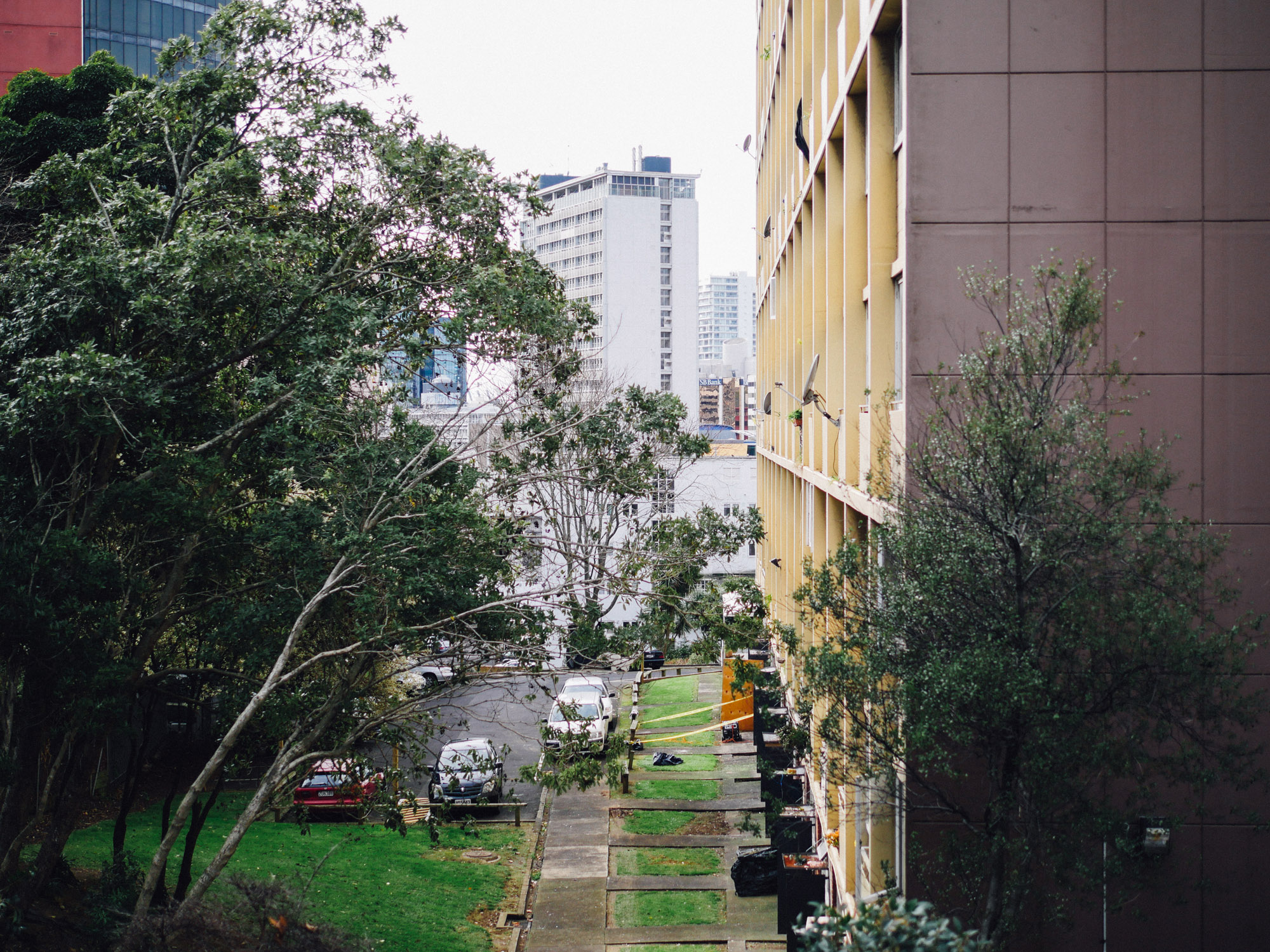 Panasonic Lumix GX8 + Panasonic Leica DG Summilux 25mm f/1.4
Panasonic Lumix GX8 + Panasonic Leica DG Summilux 25mm f/1.4
ISO 200 f/1.4 1/3200s
